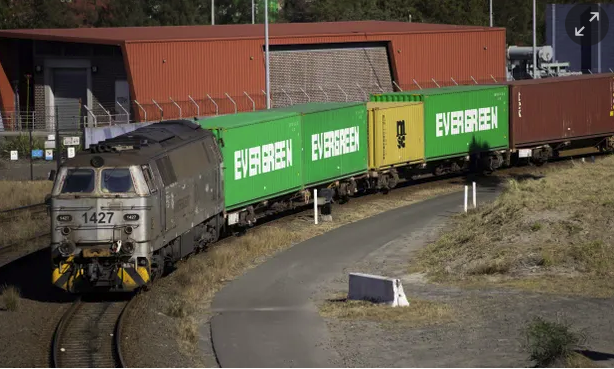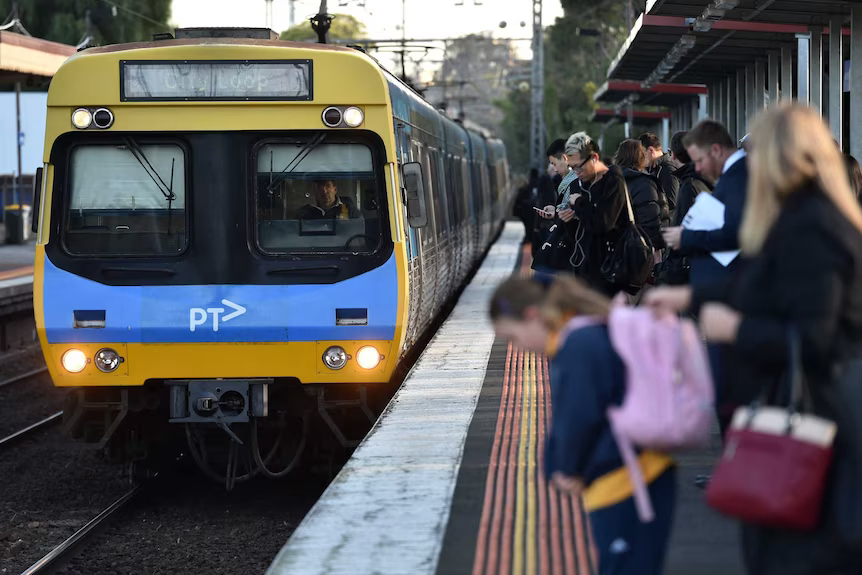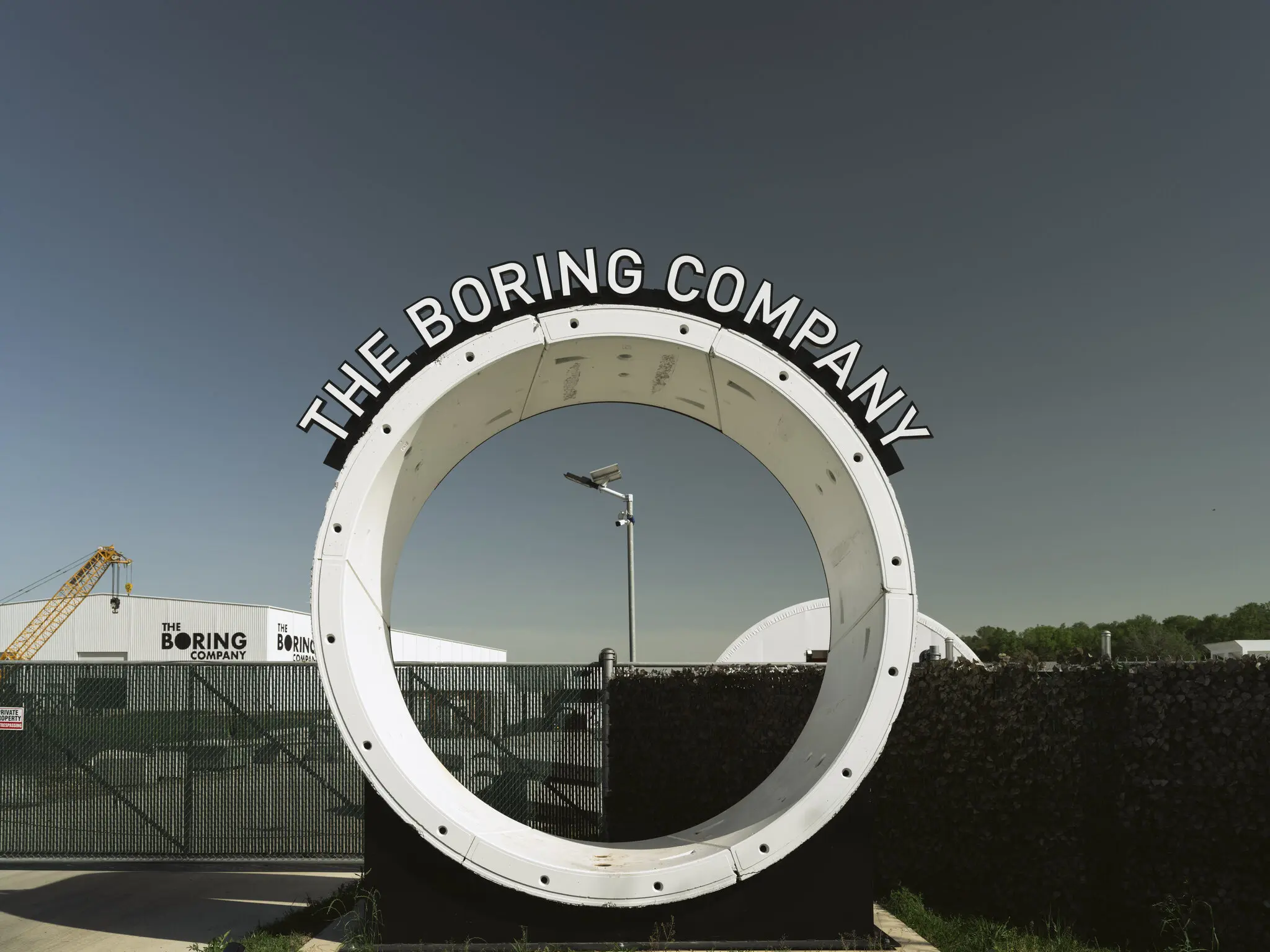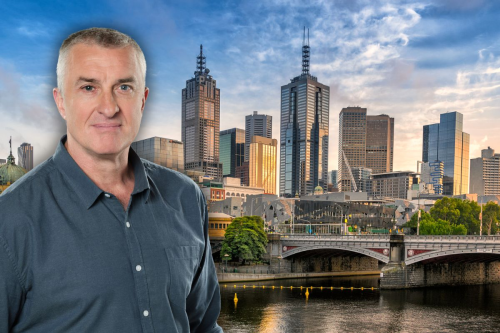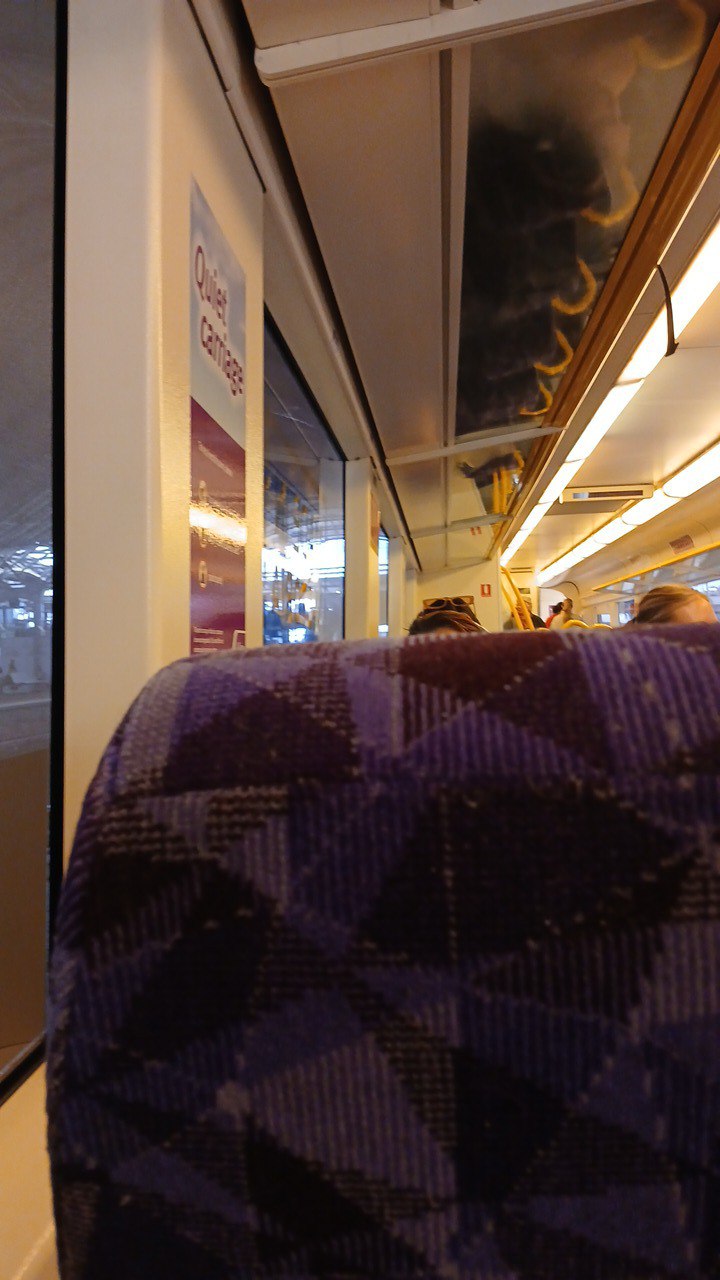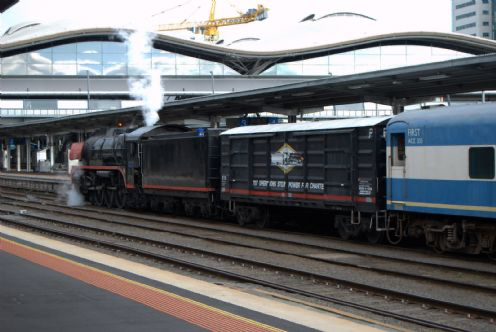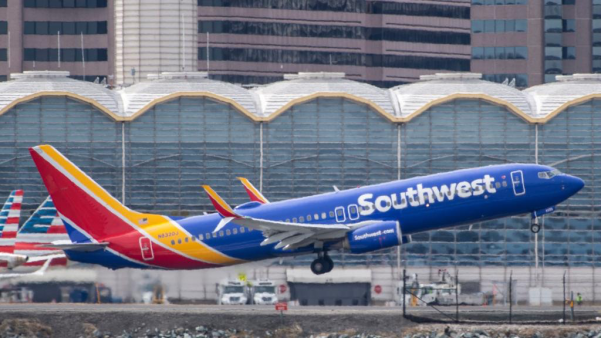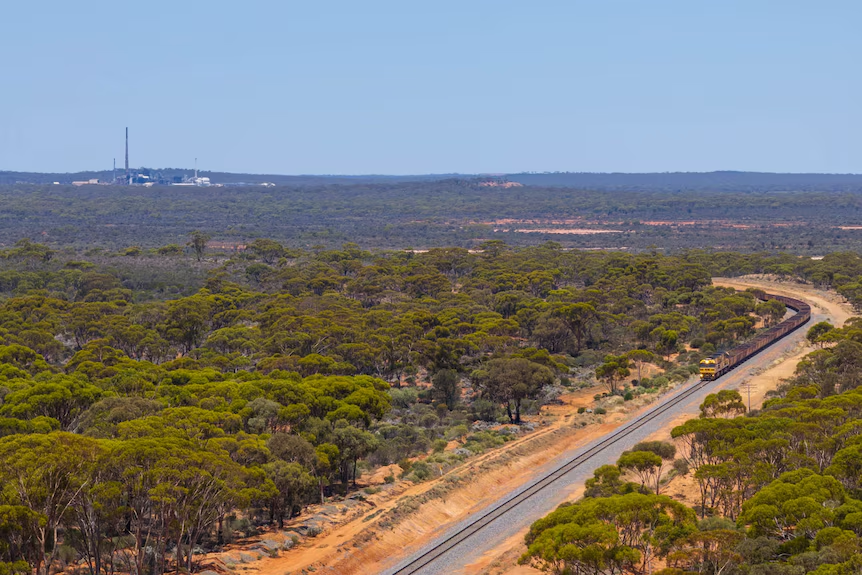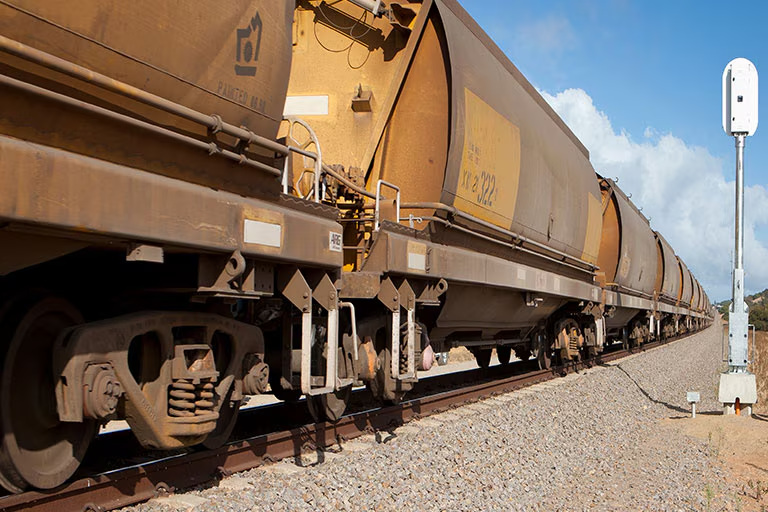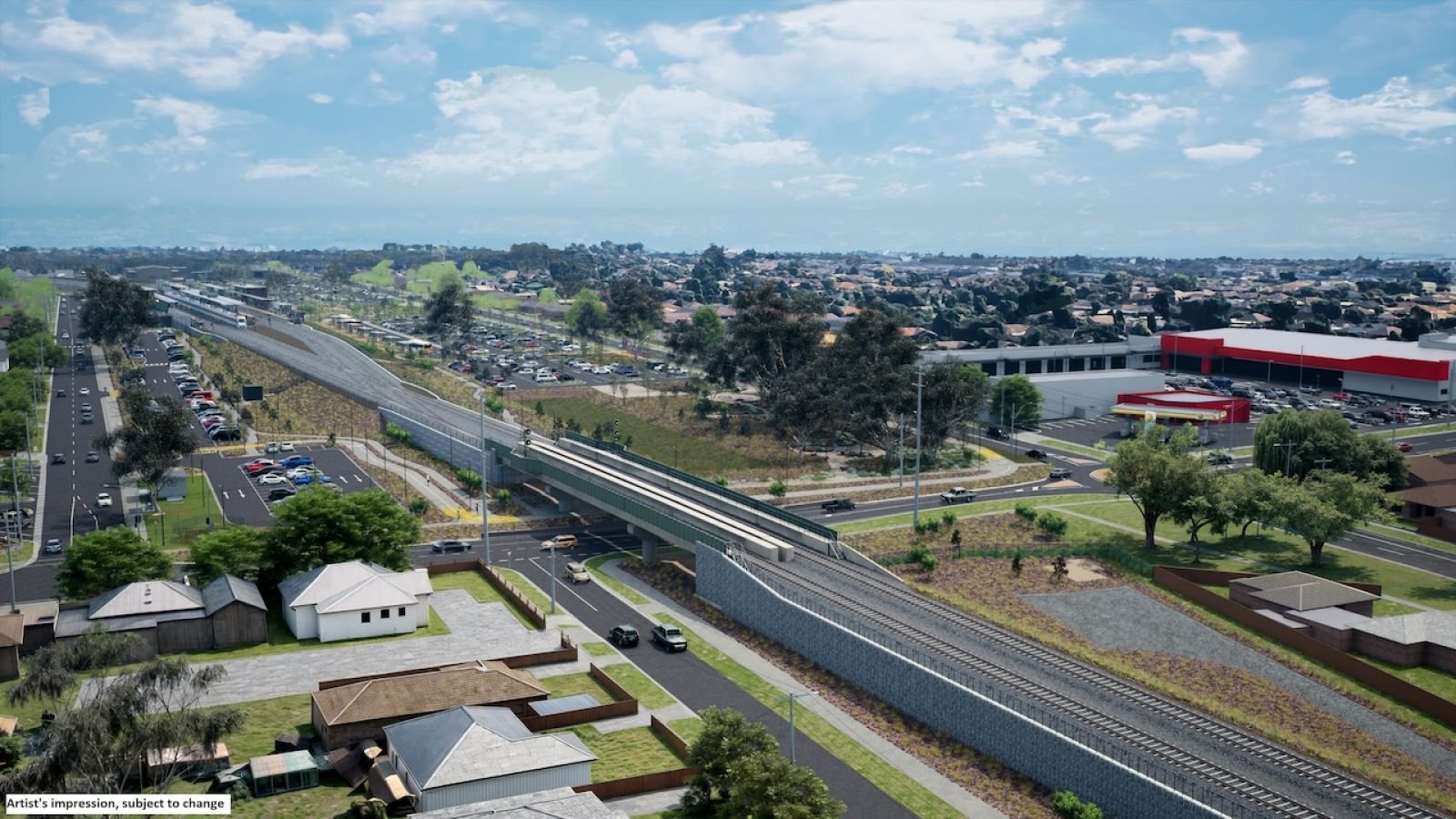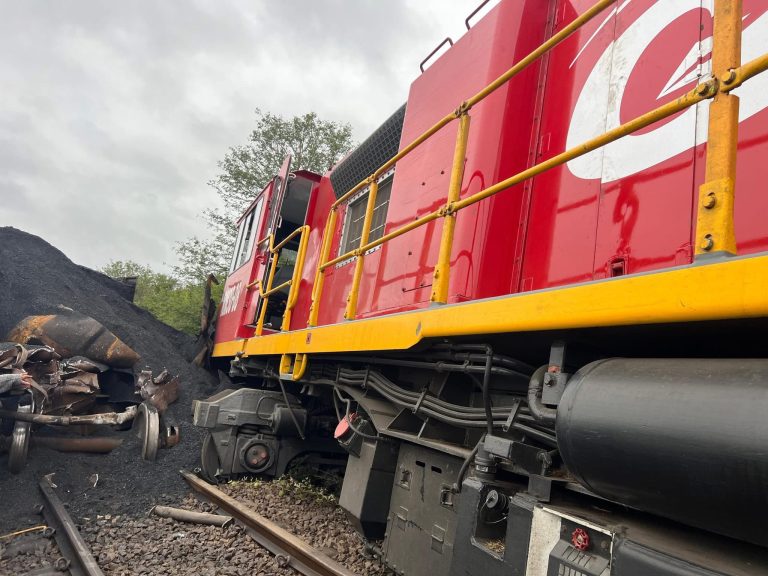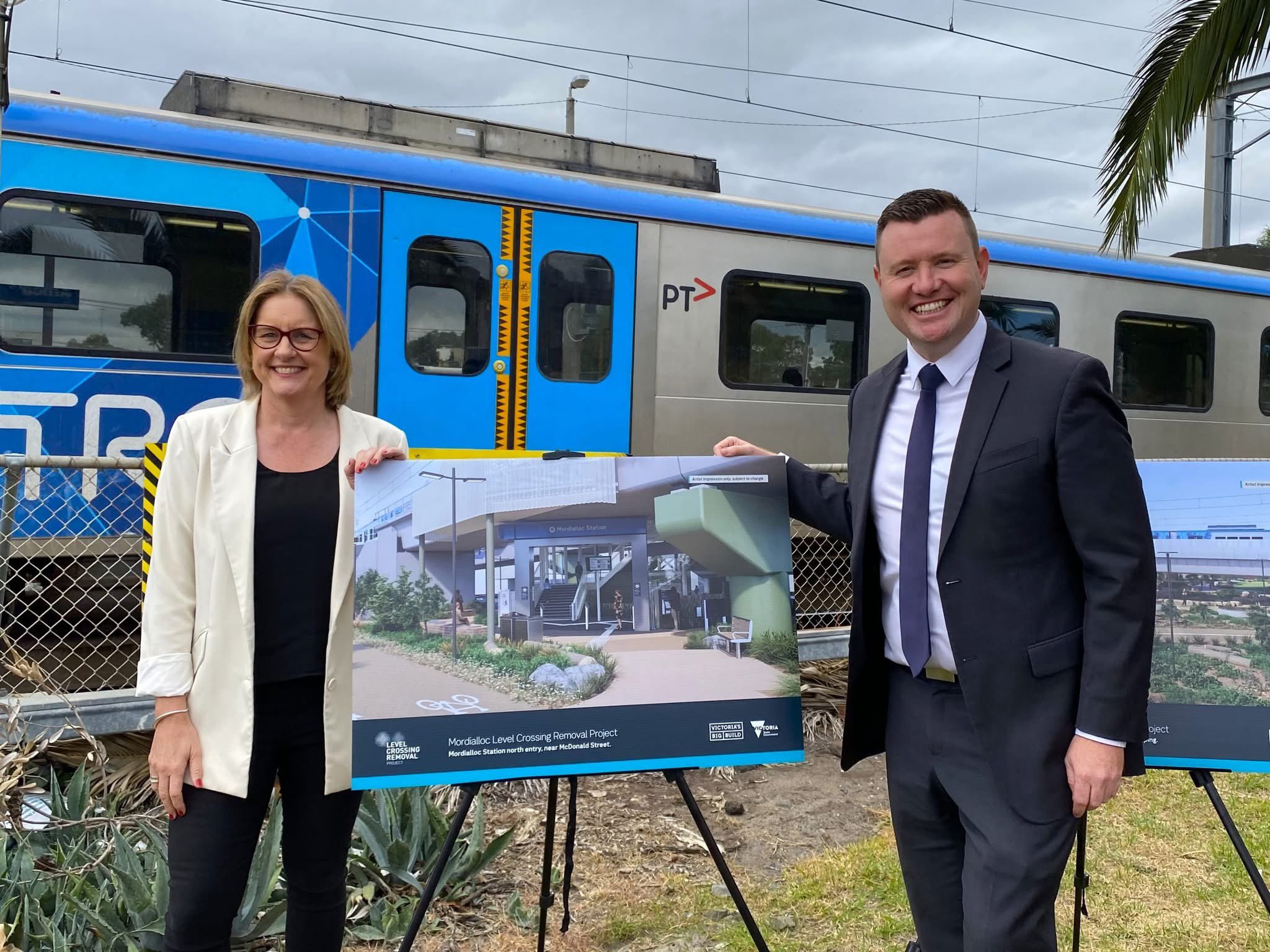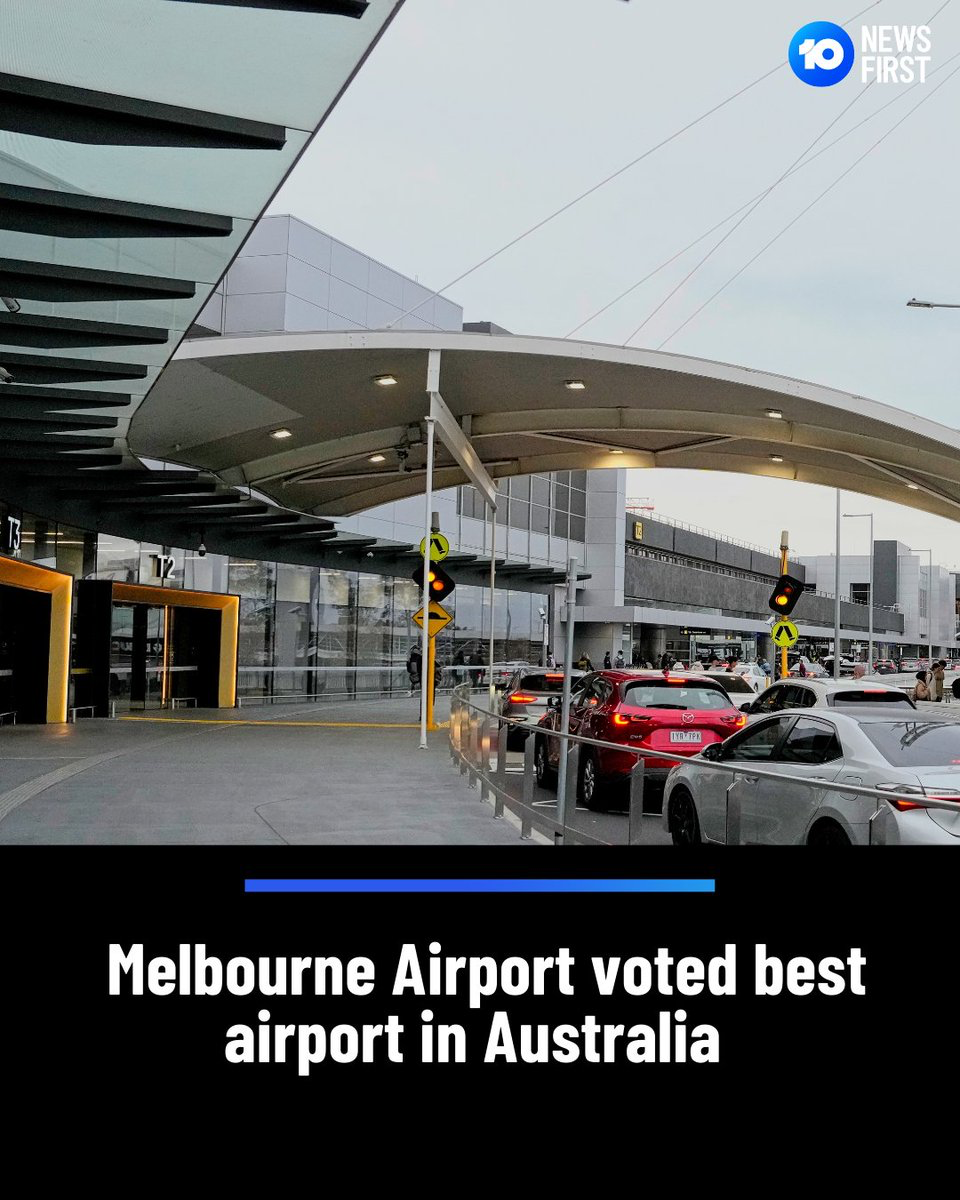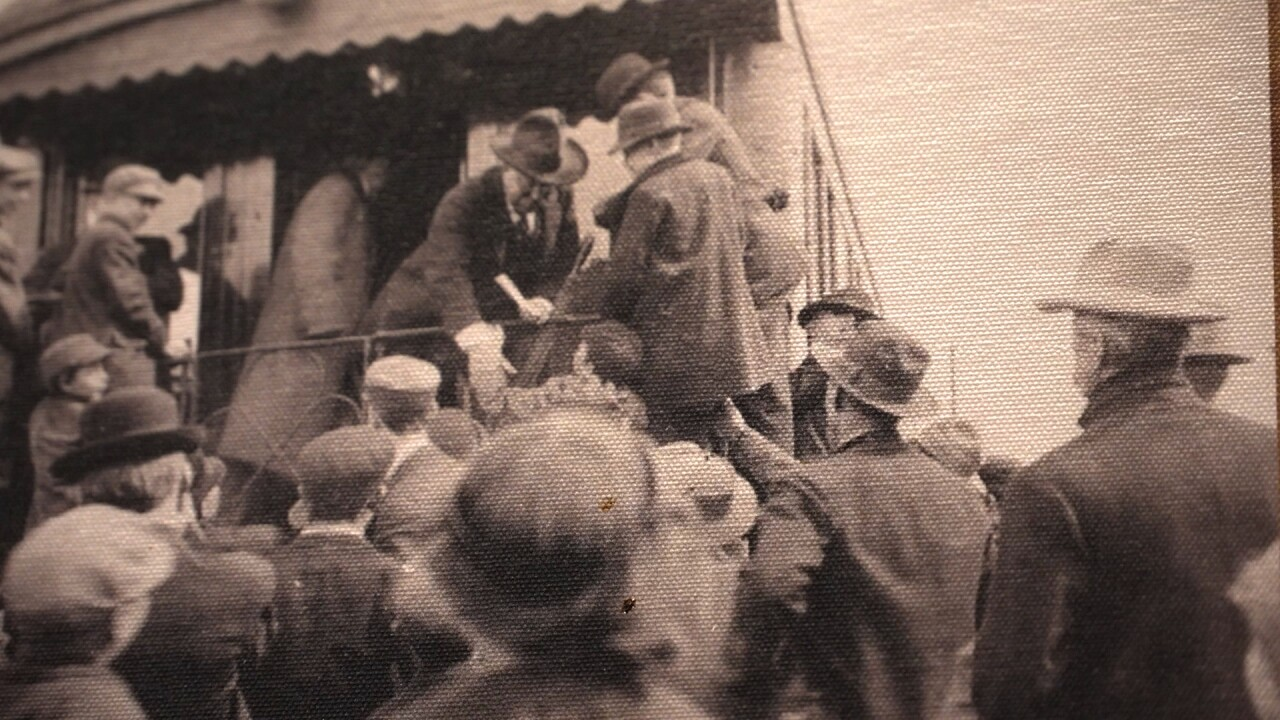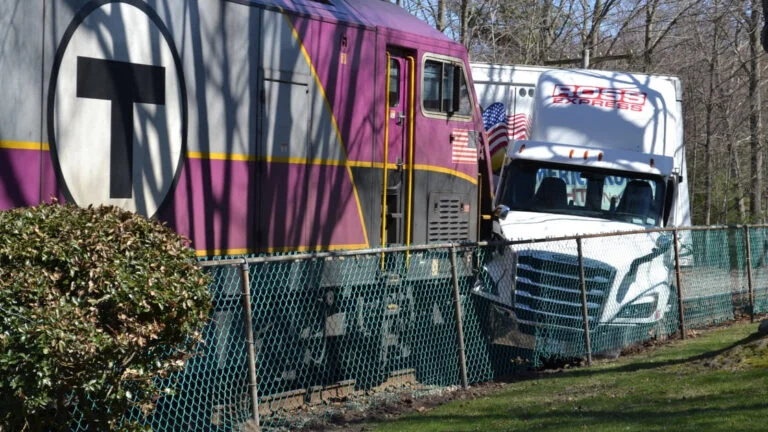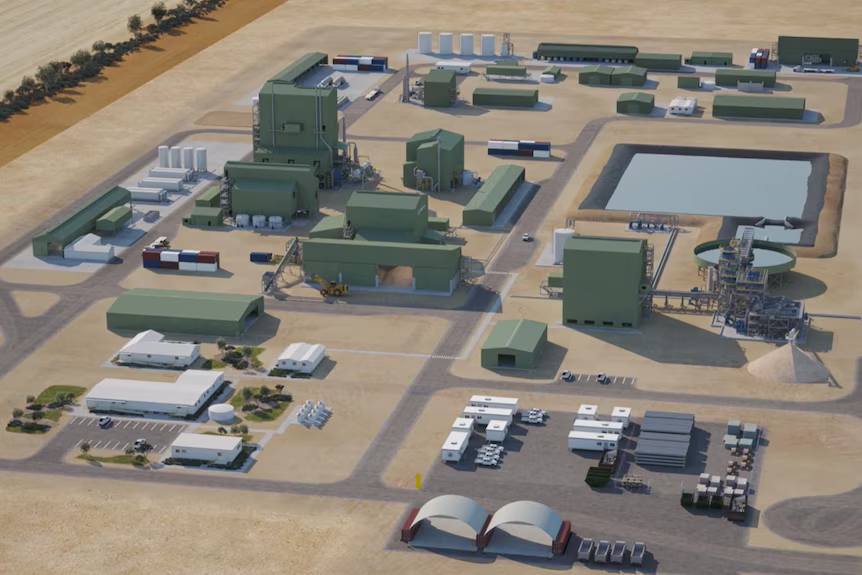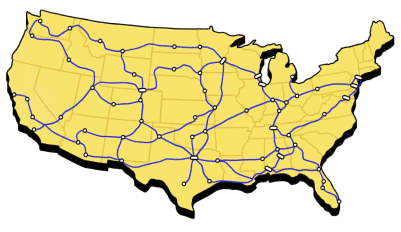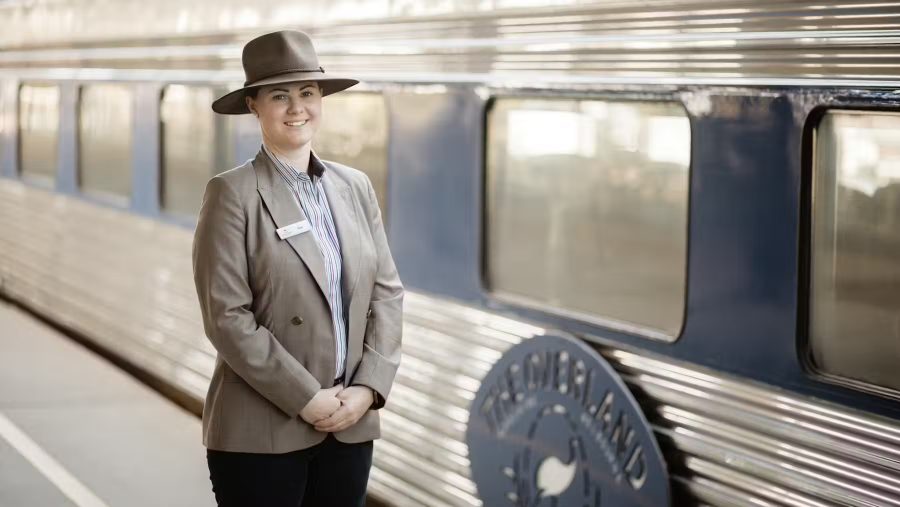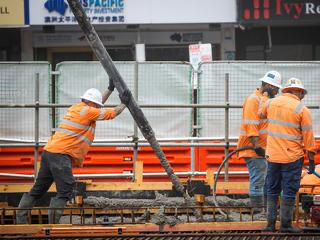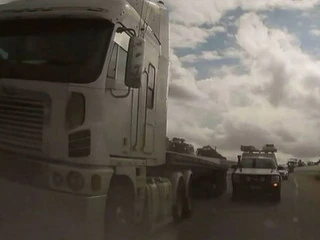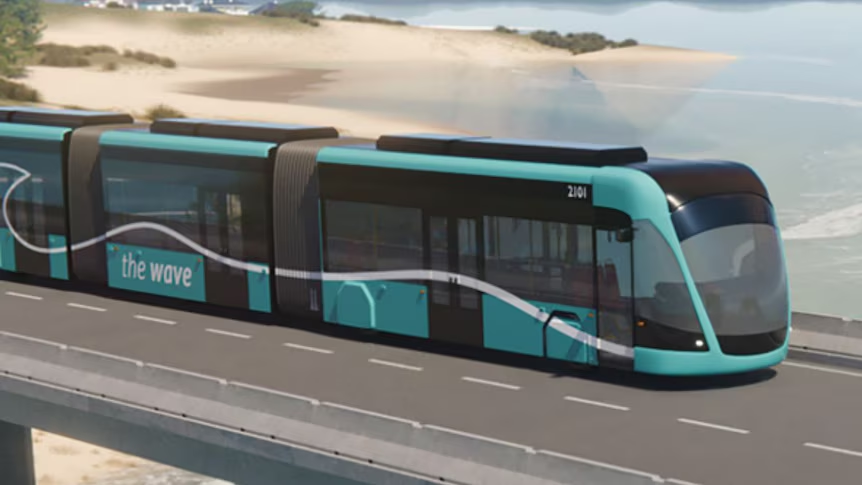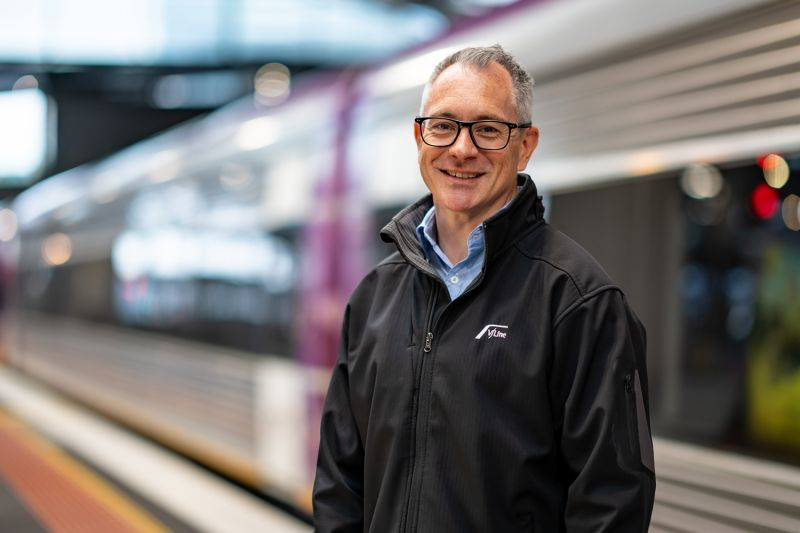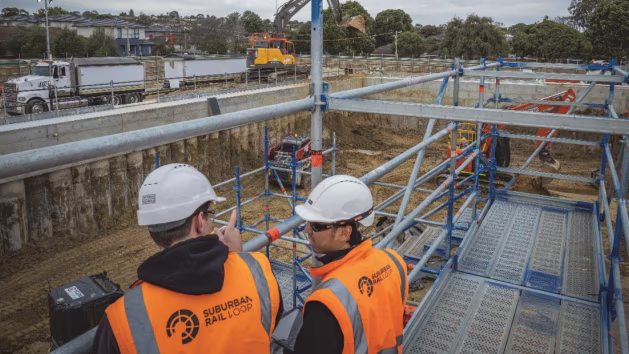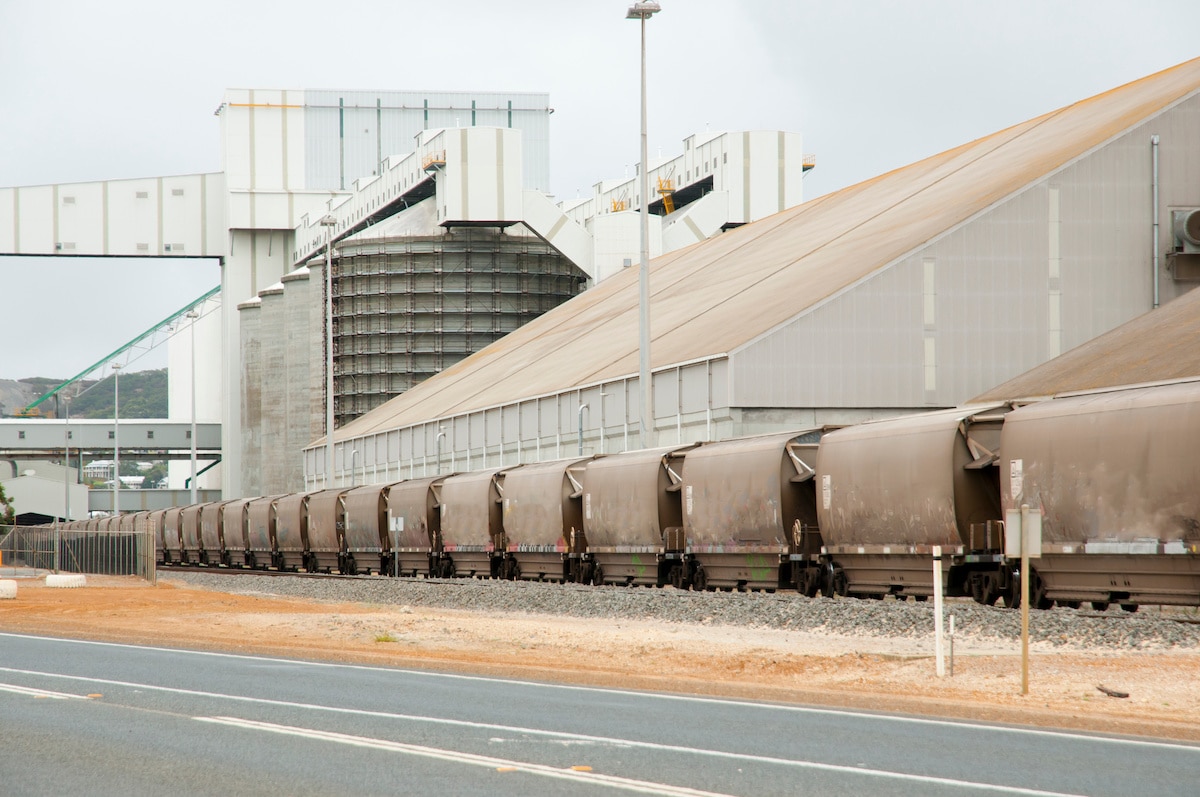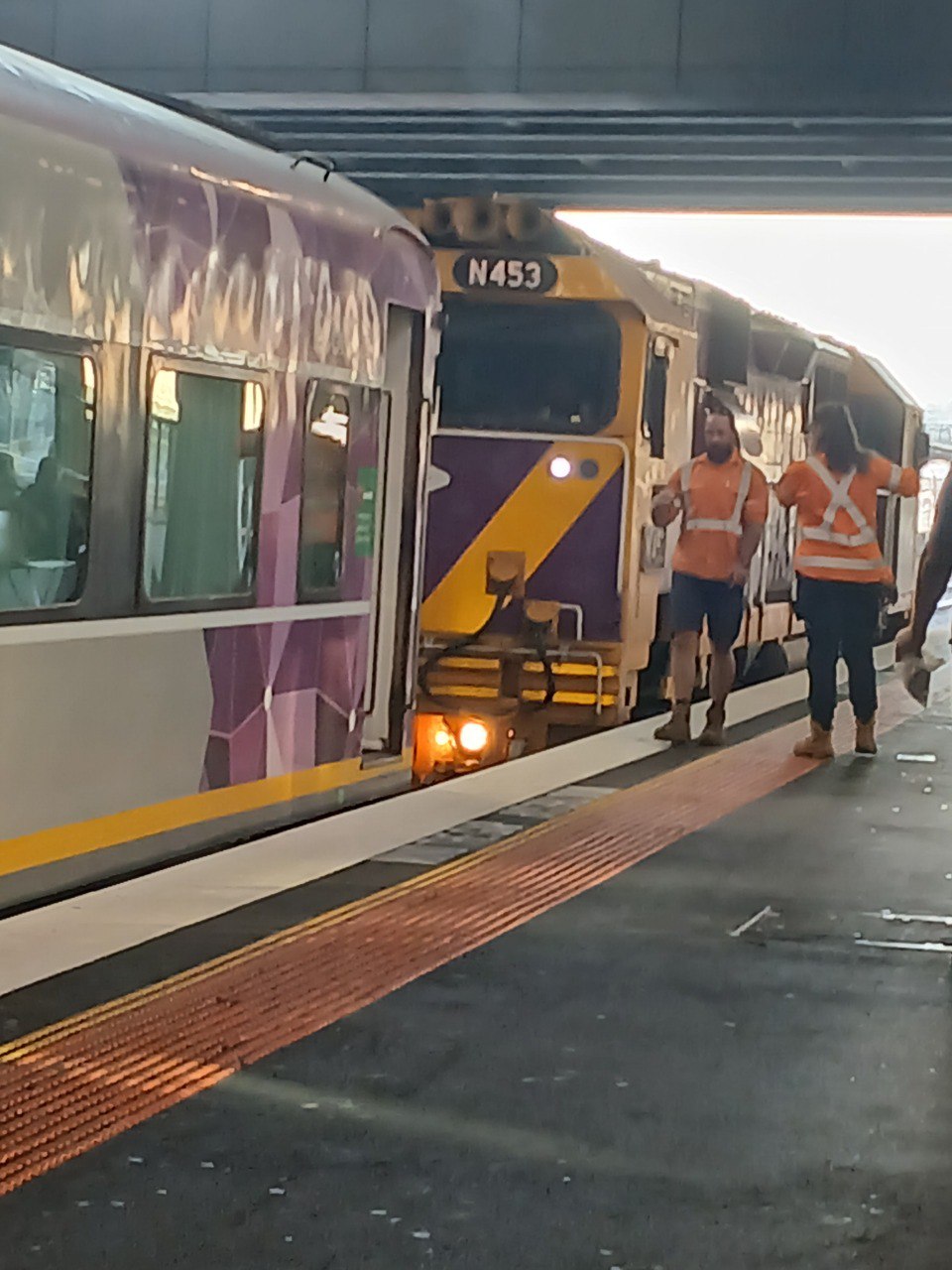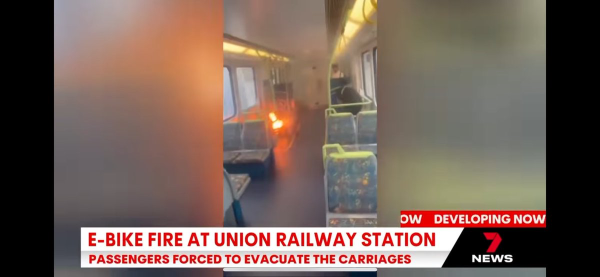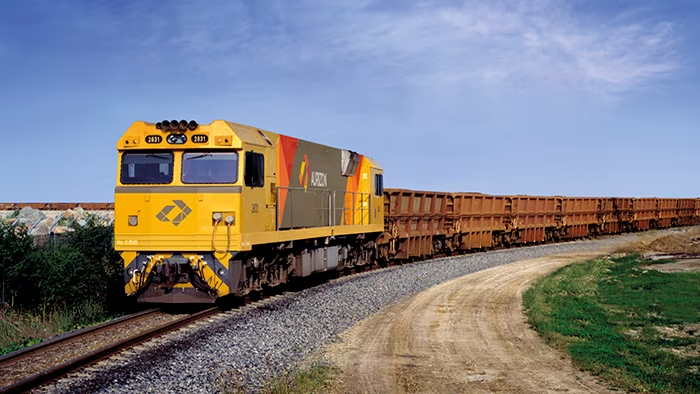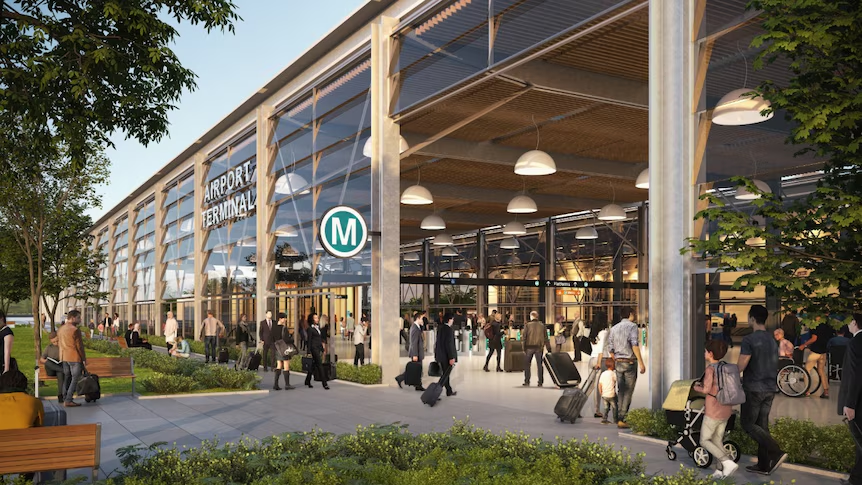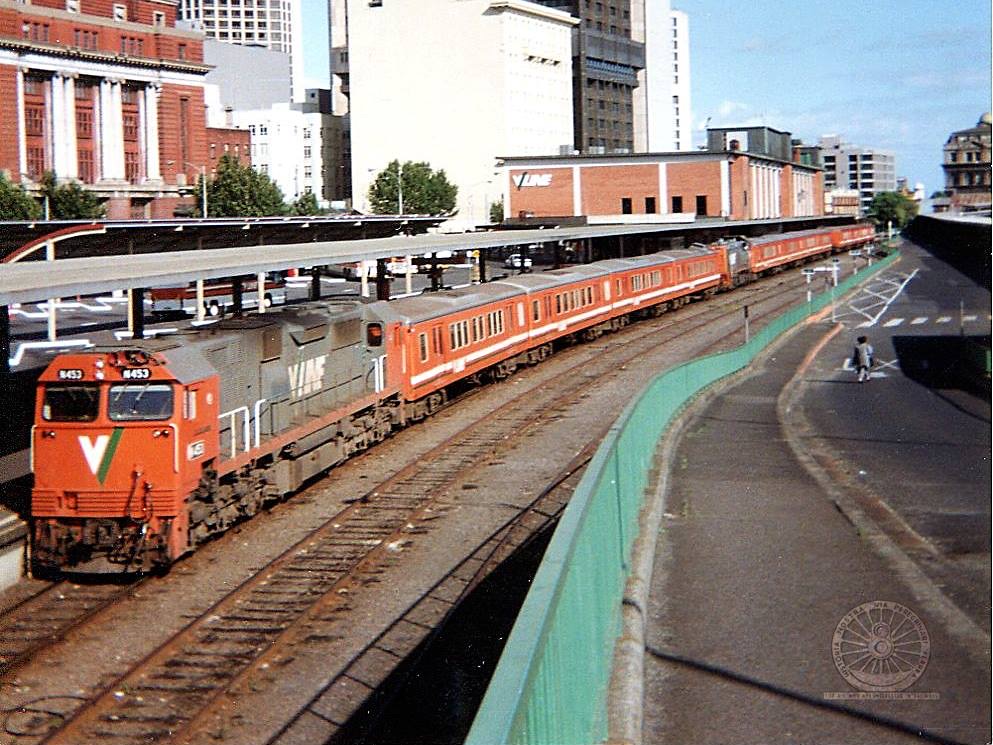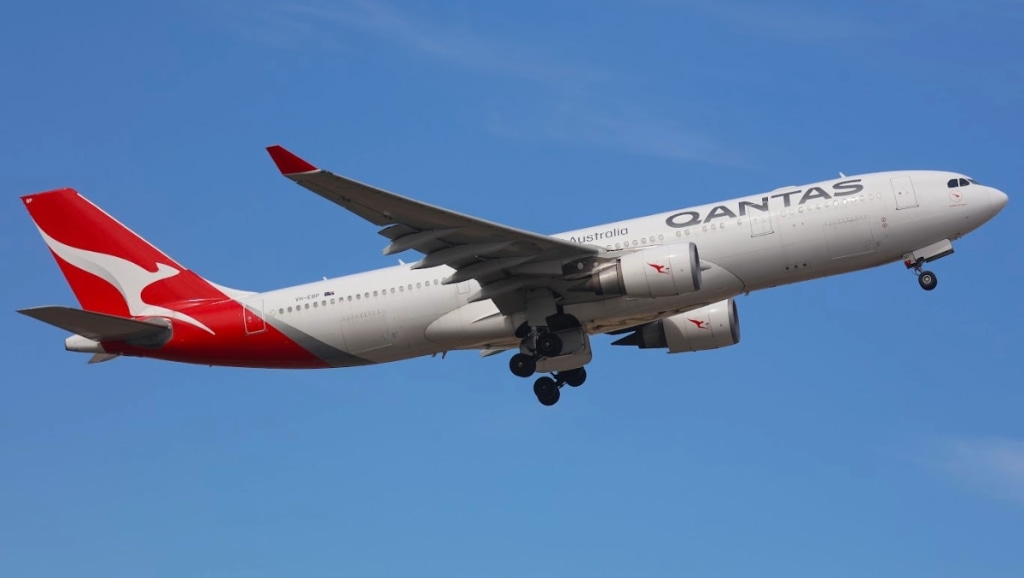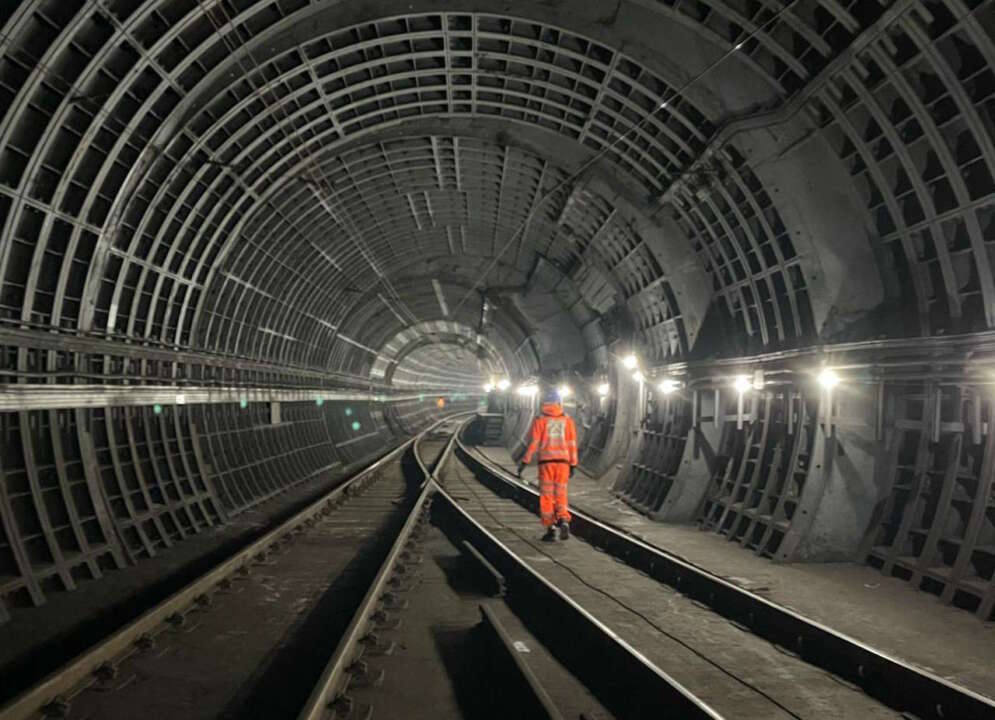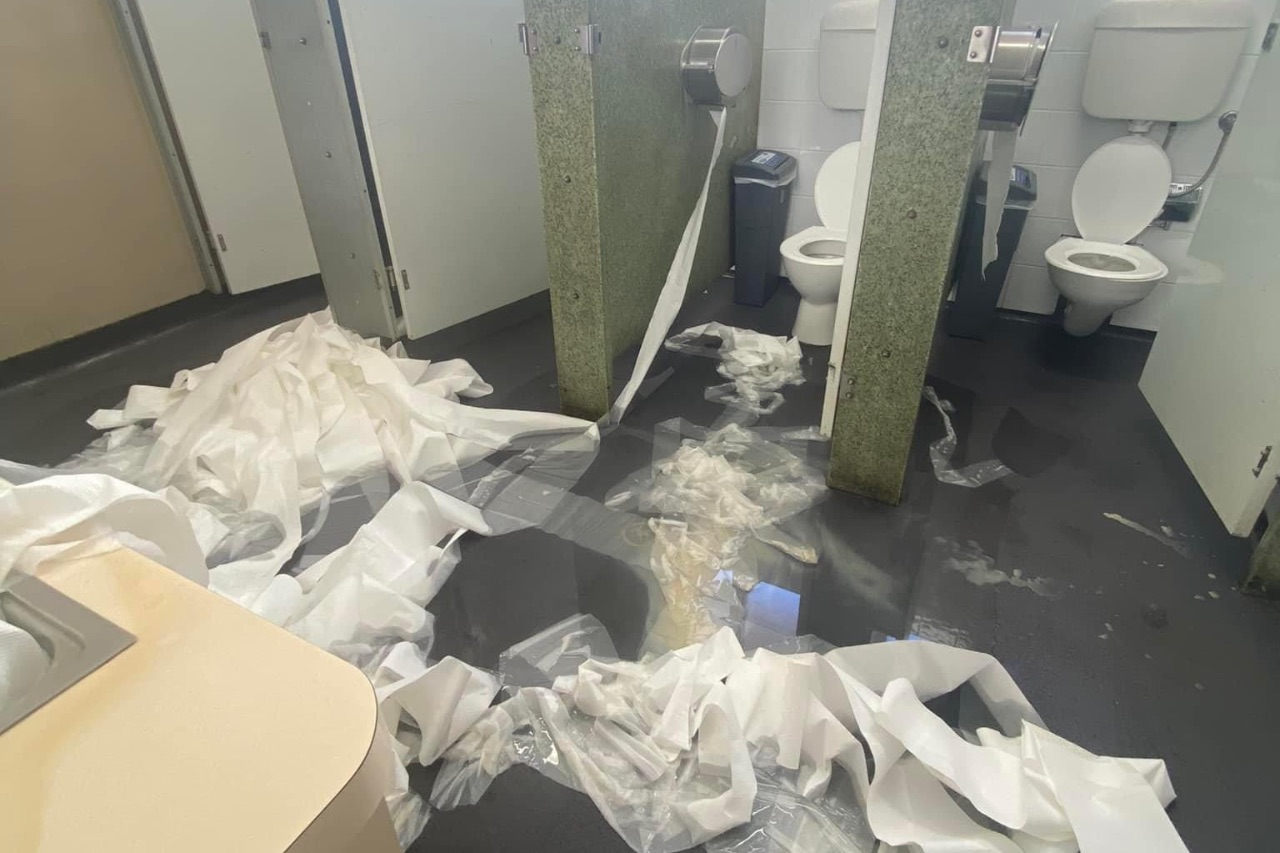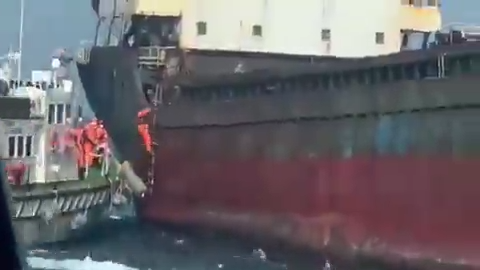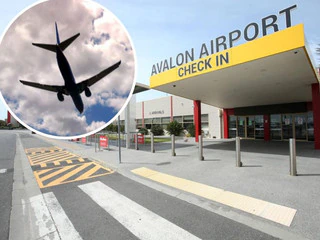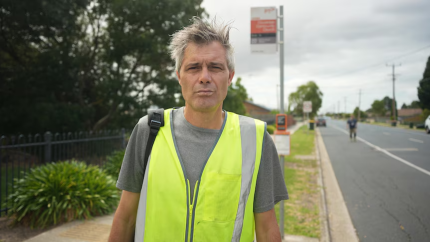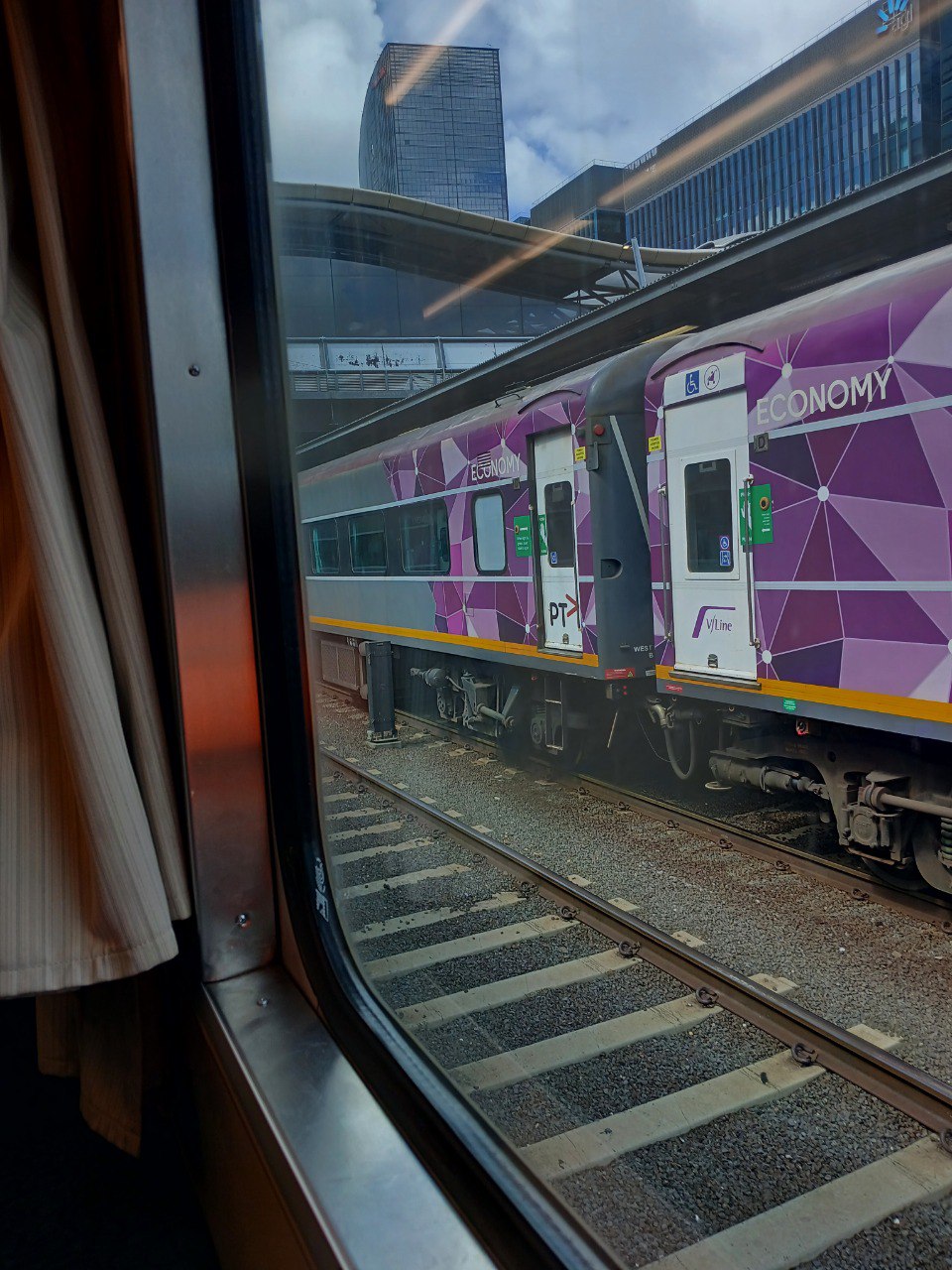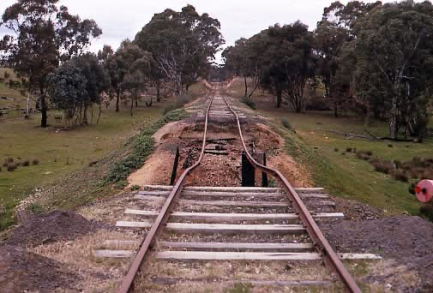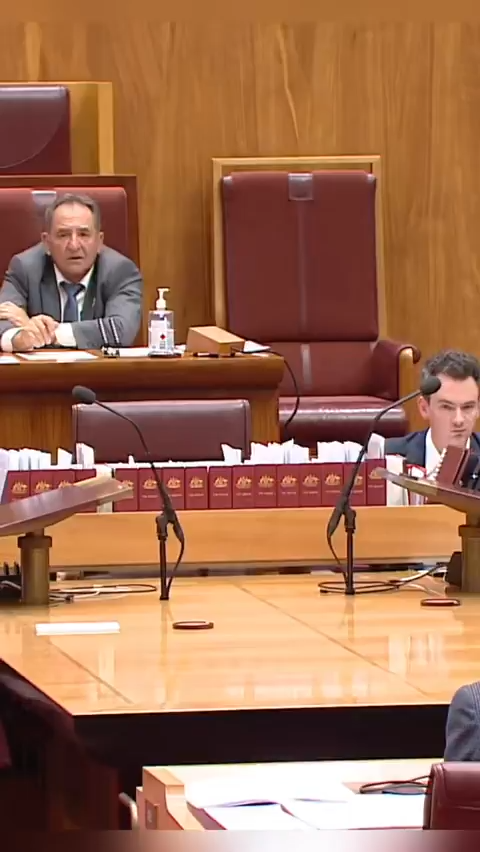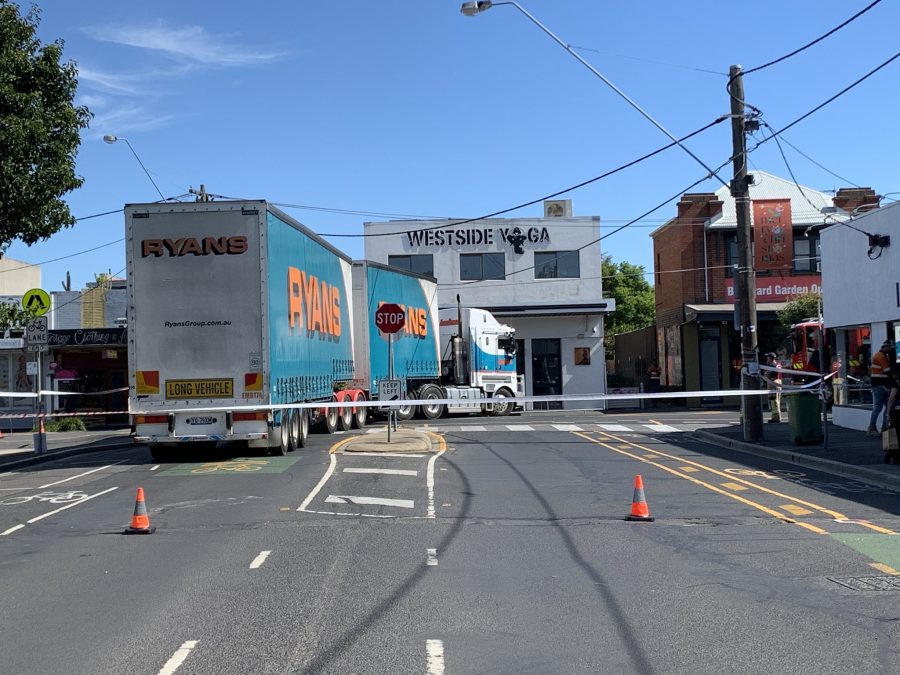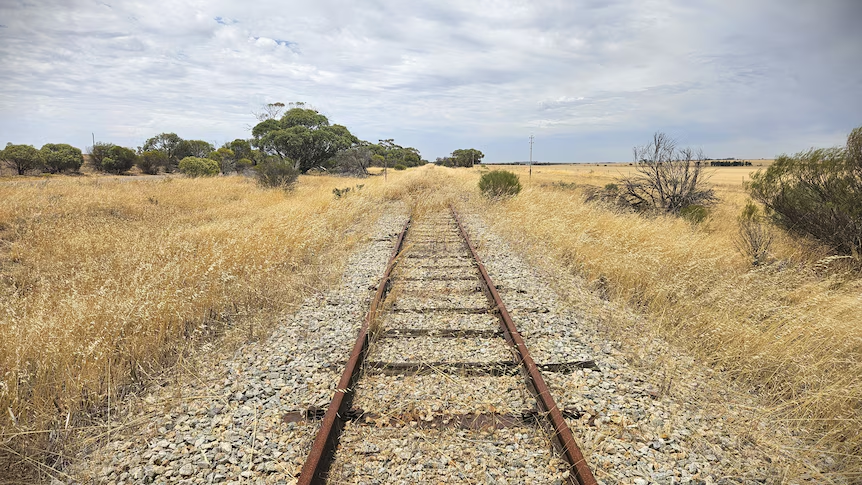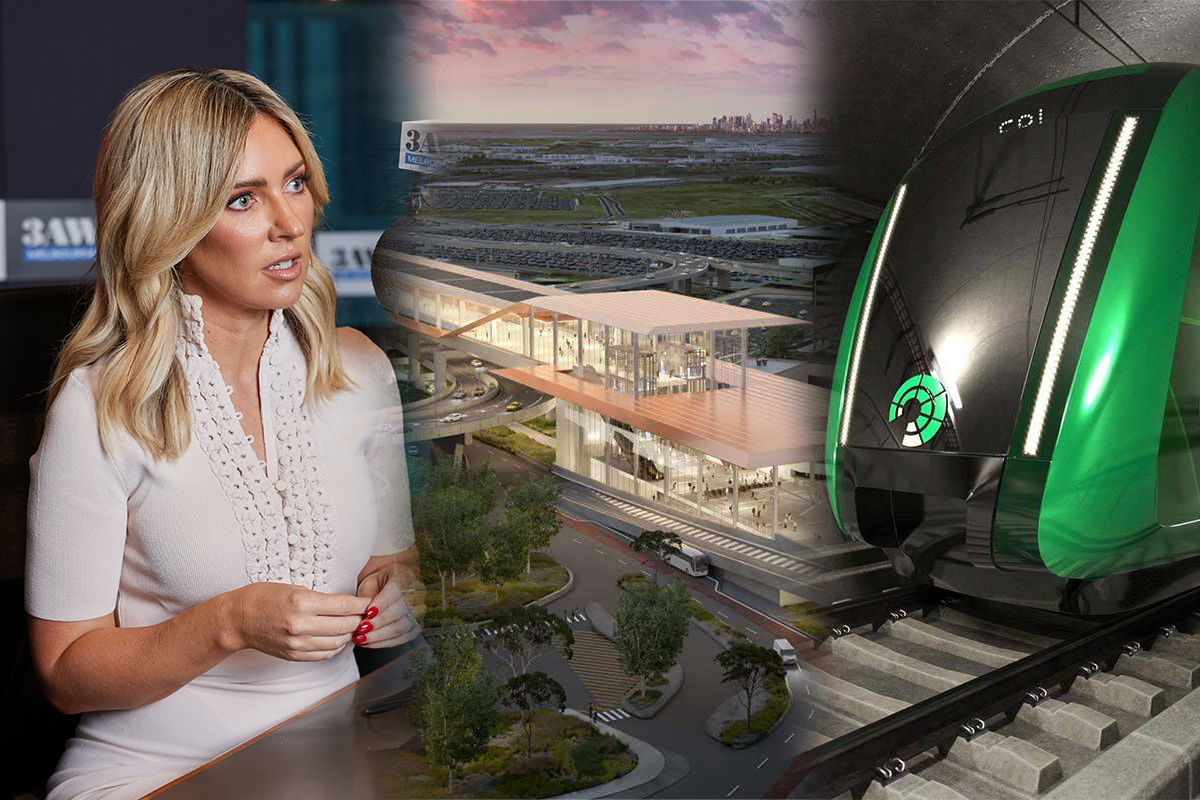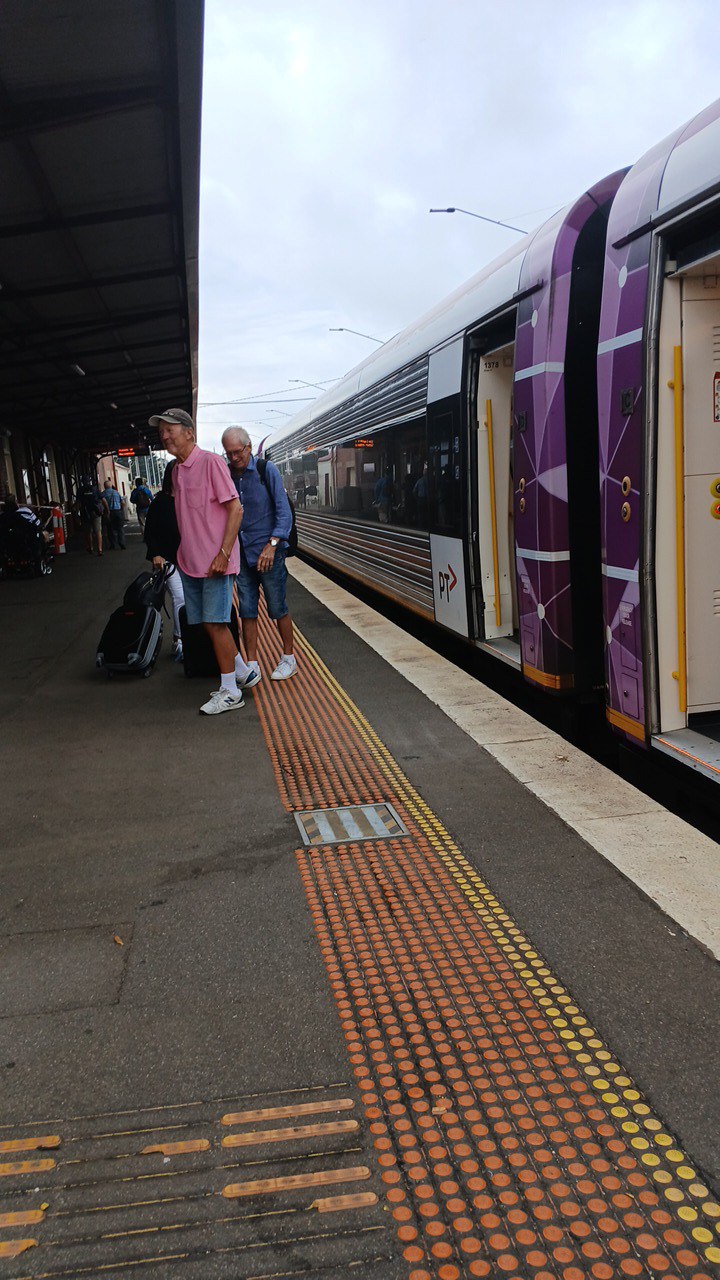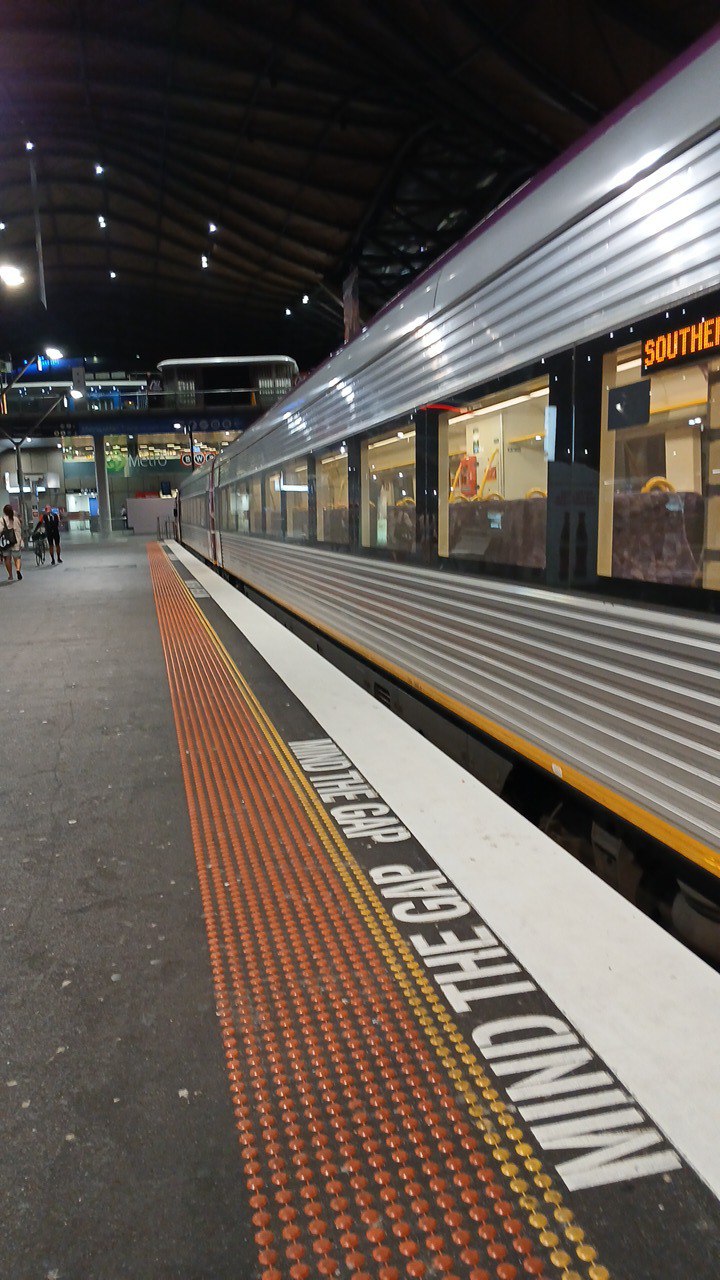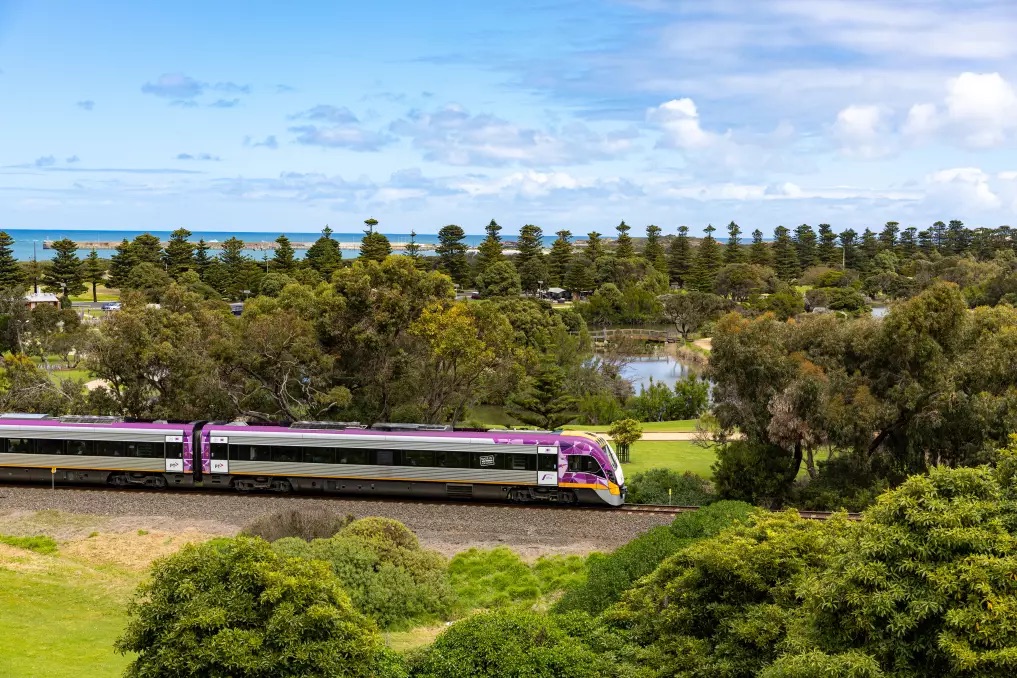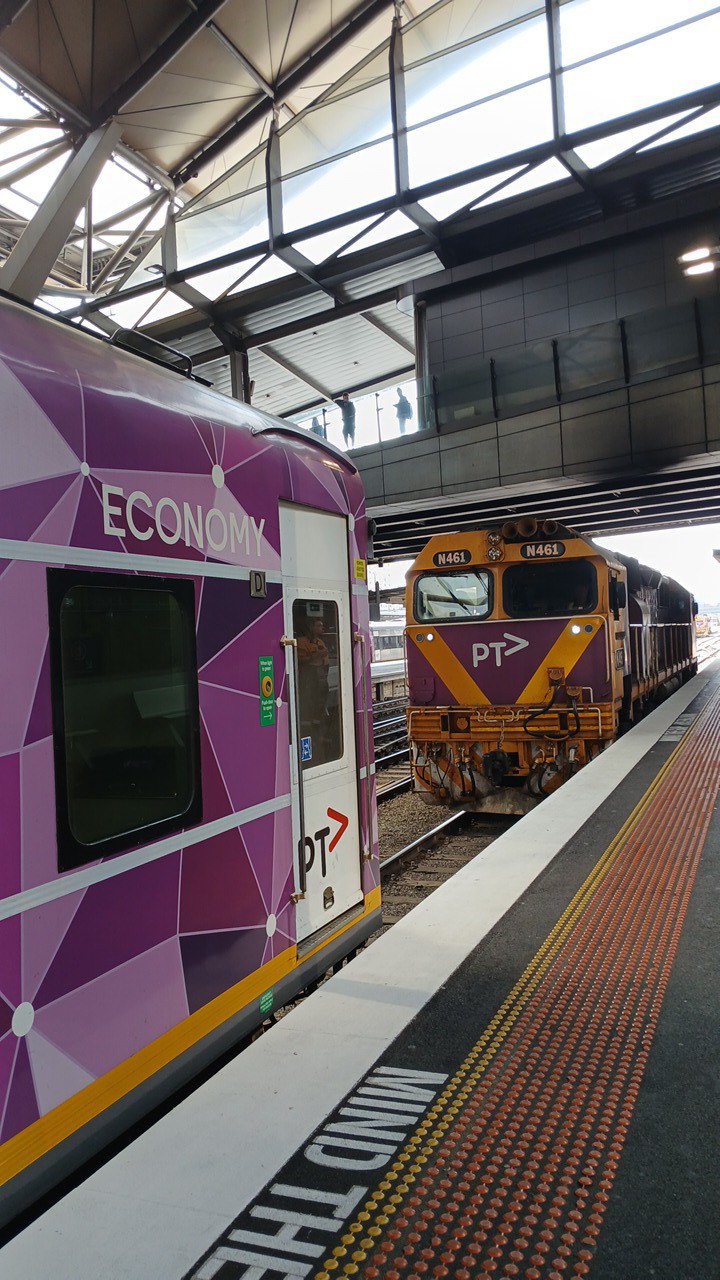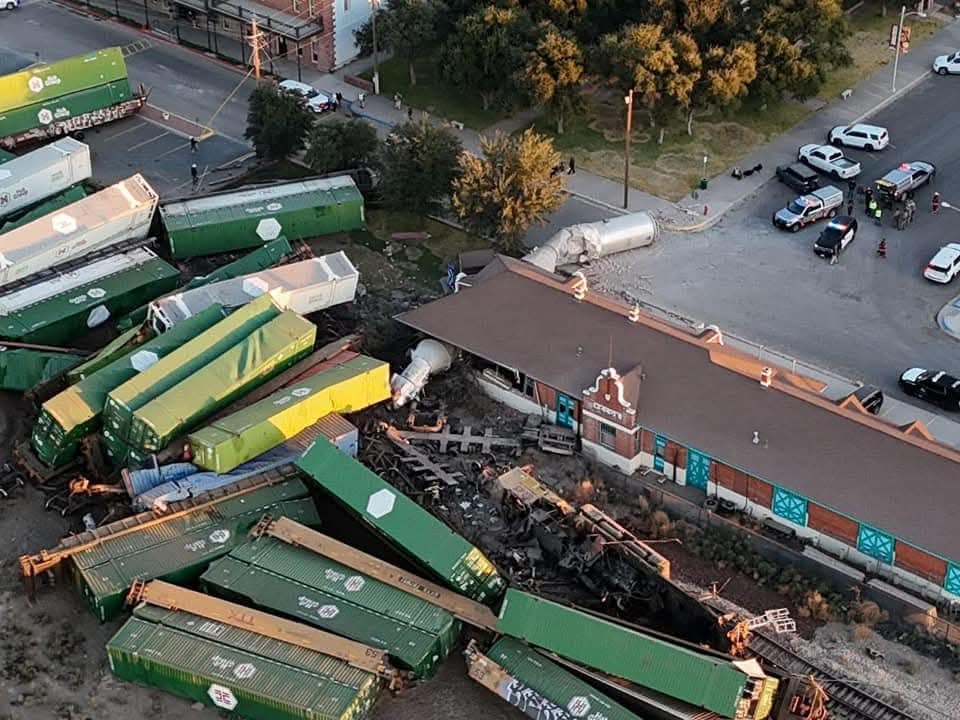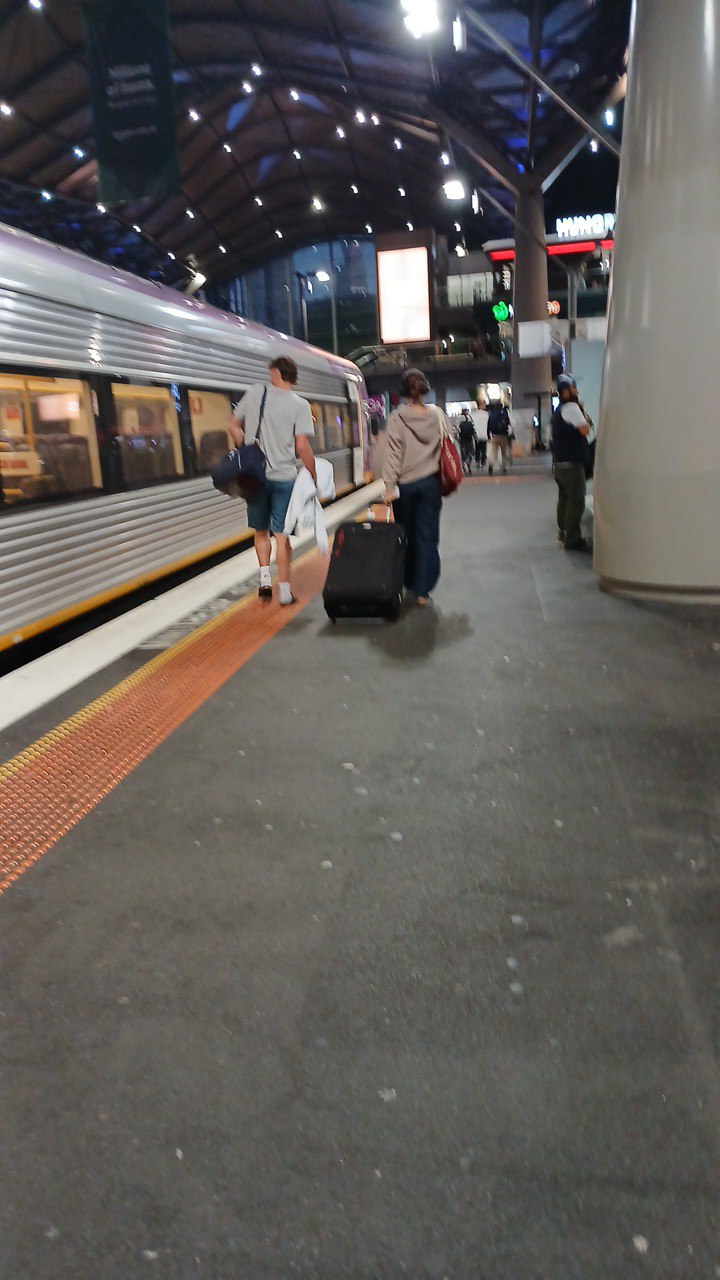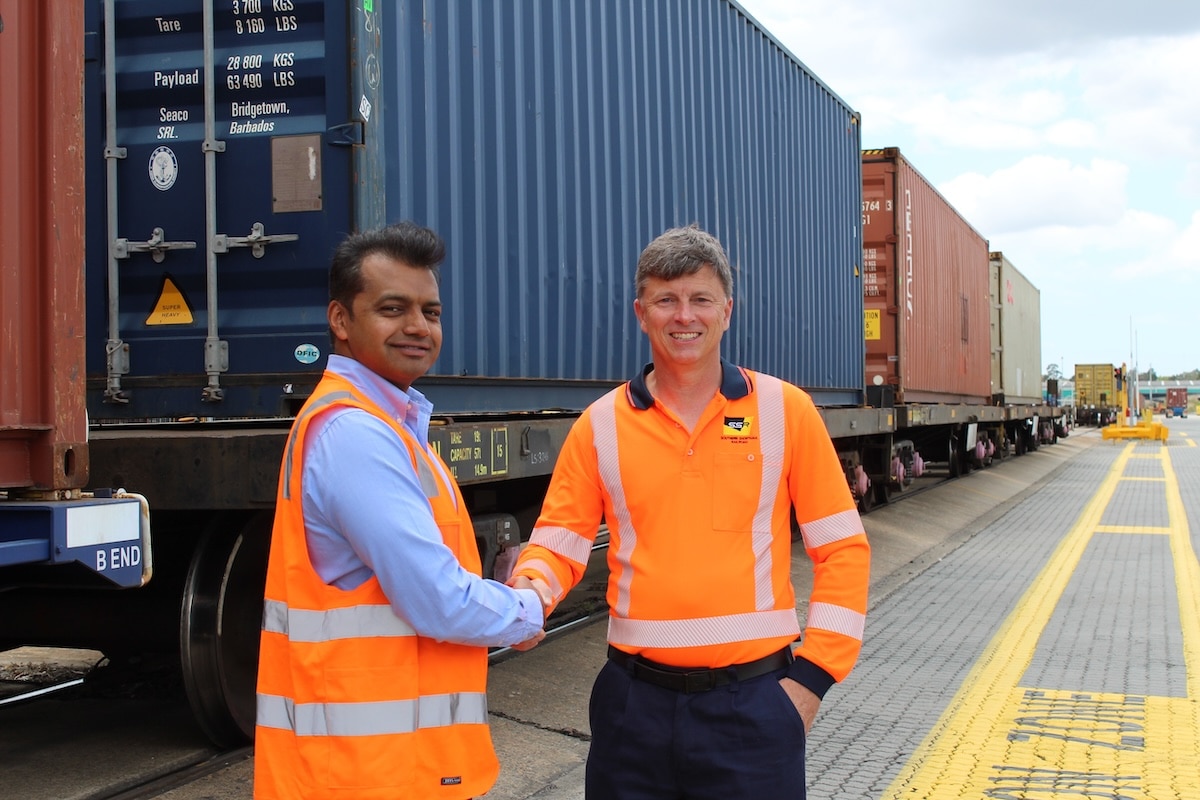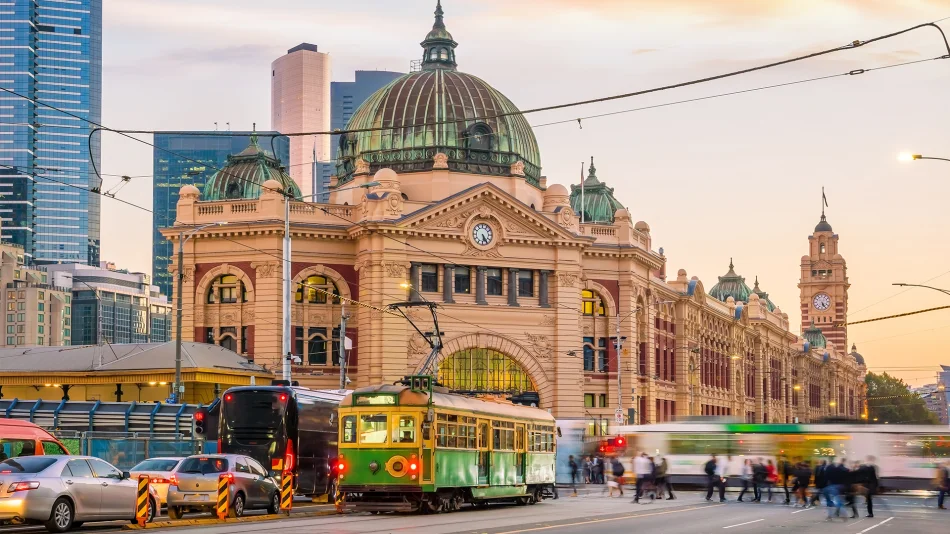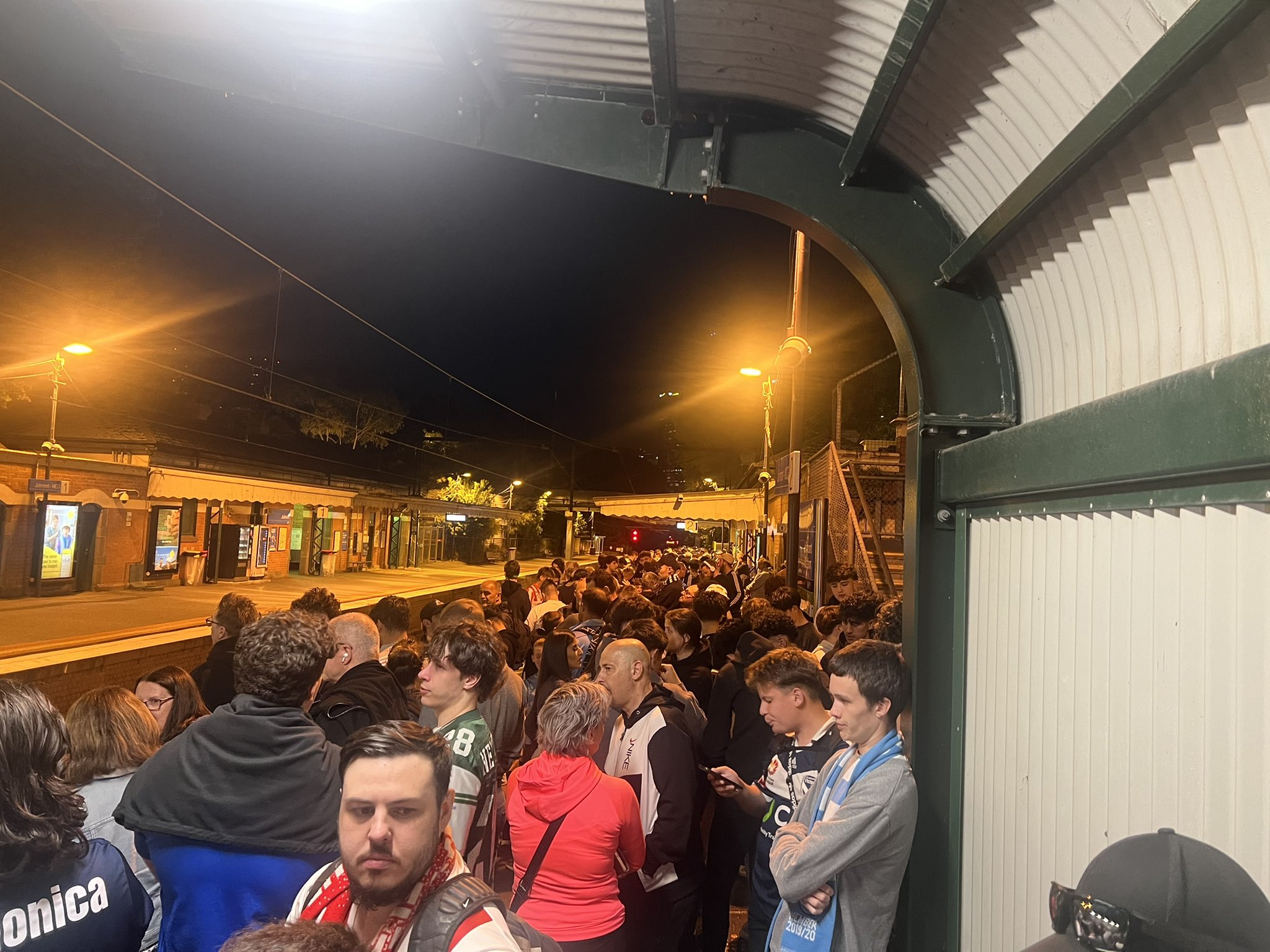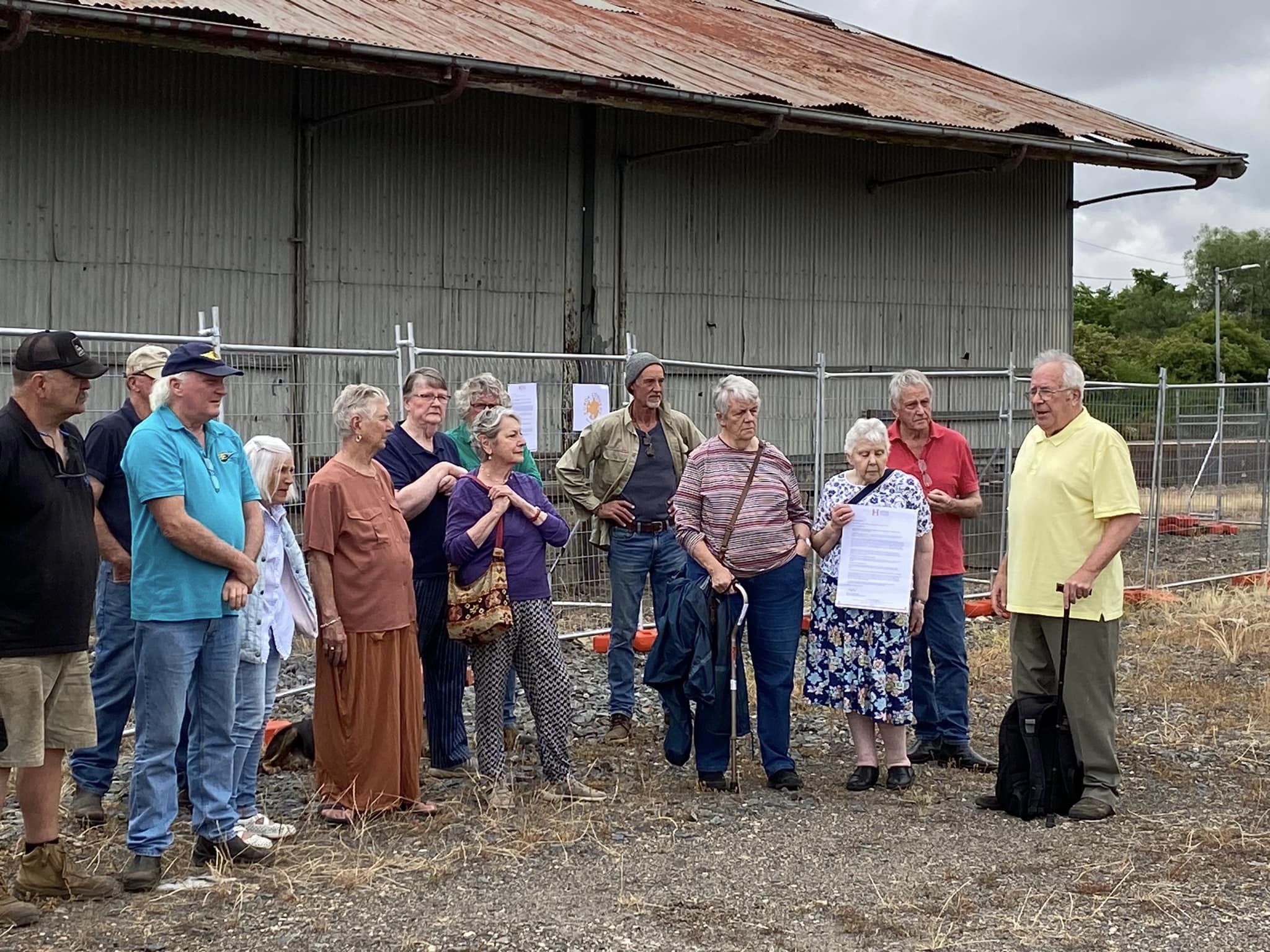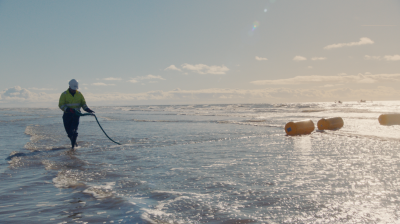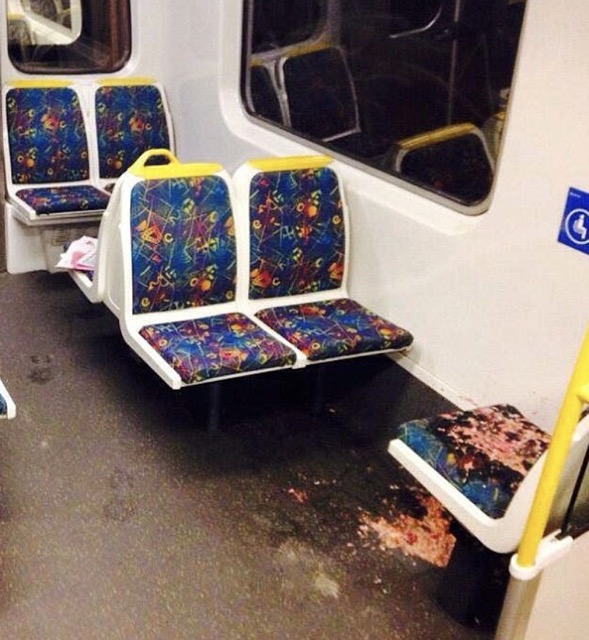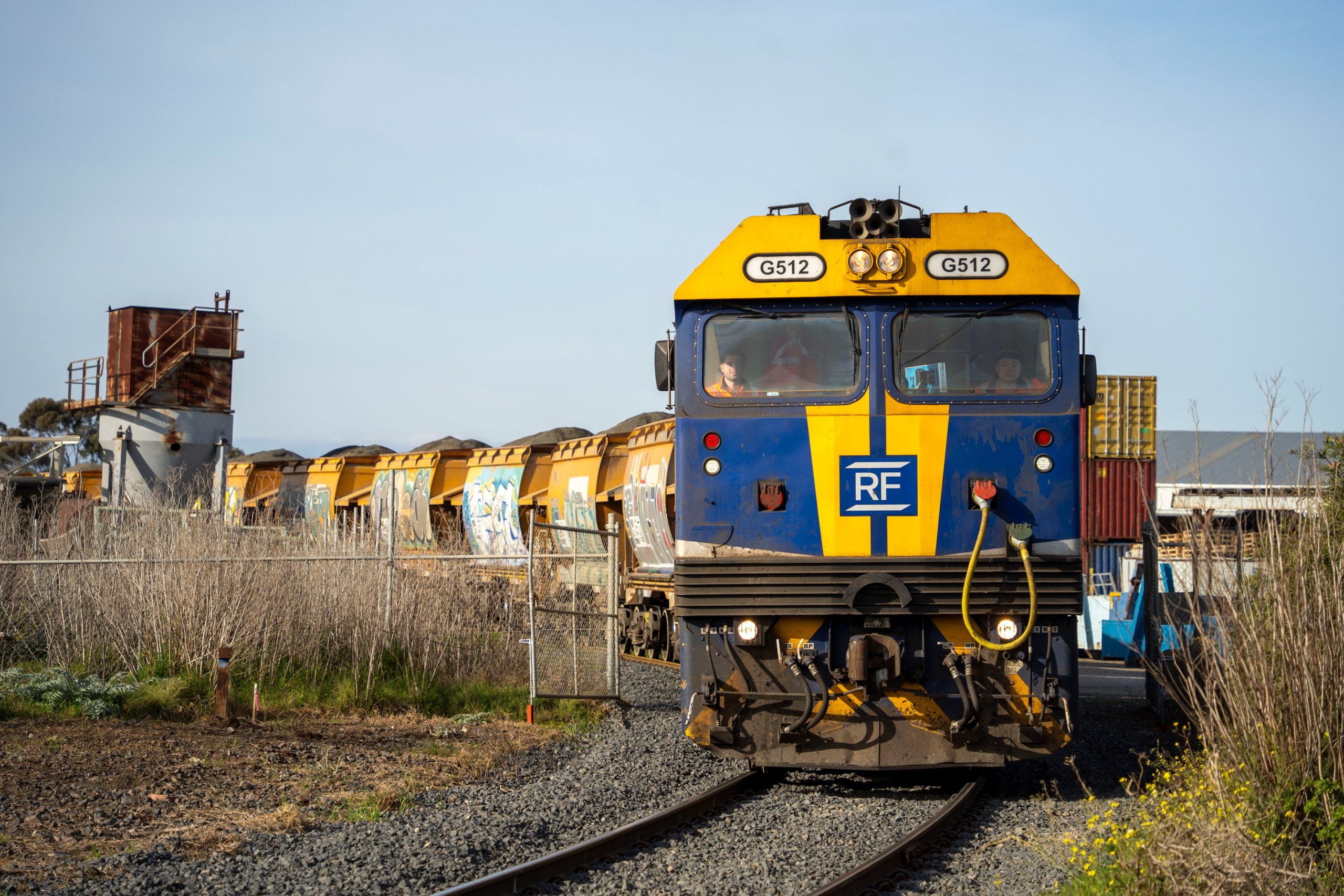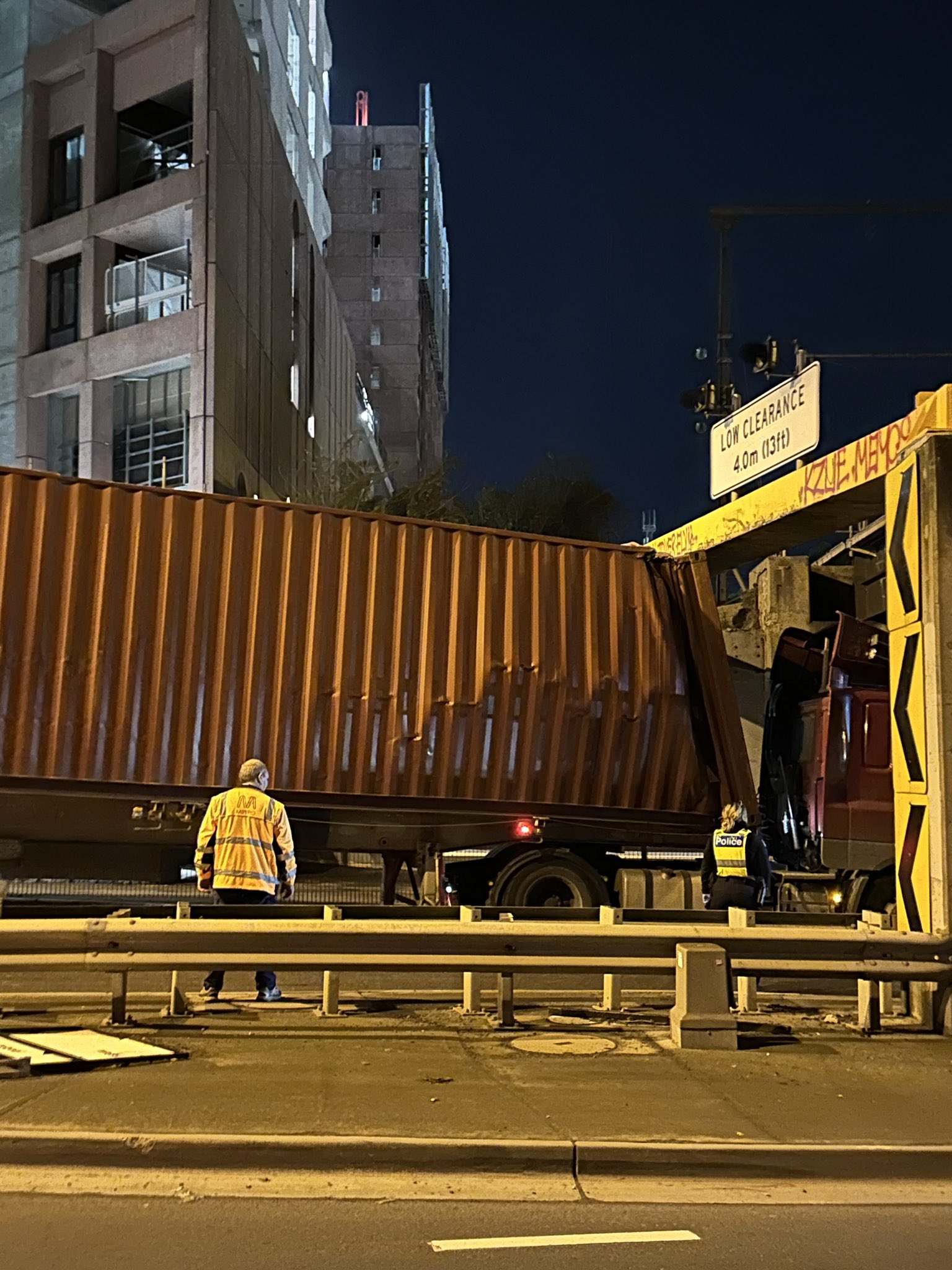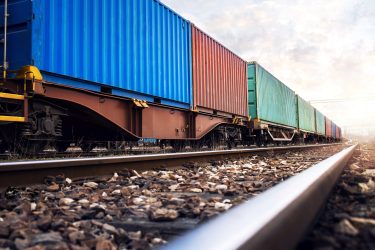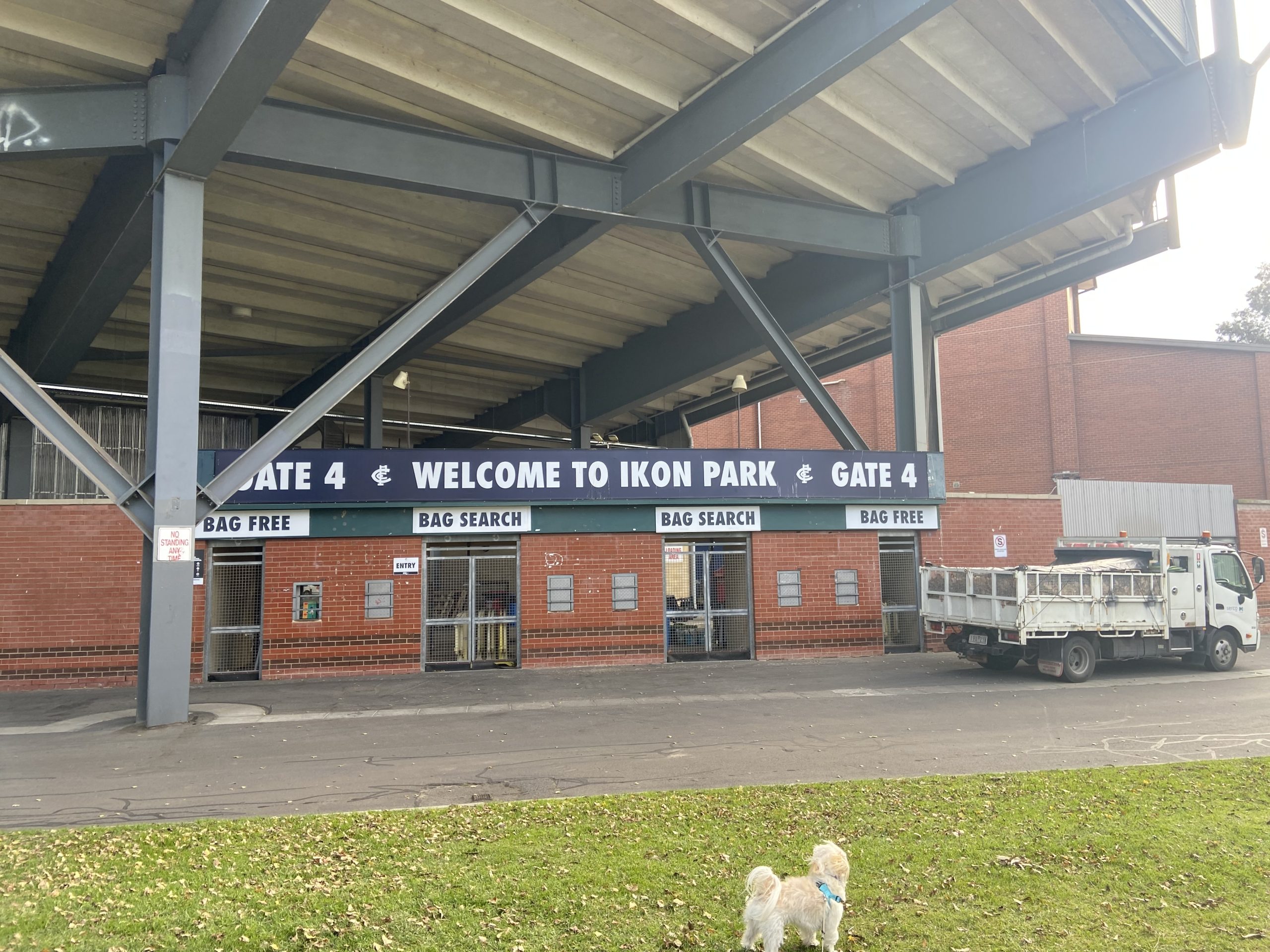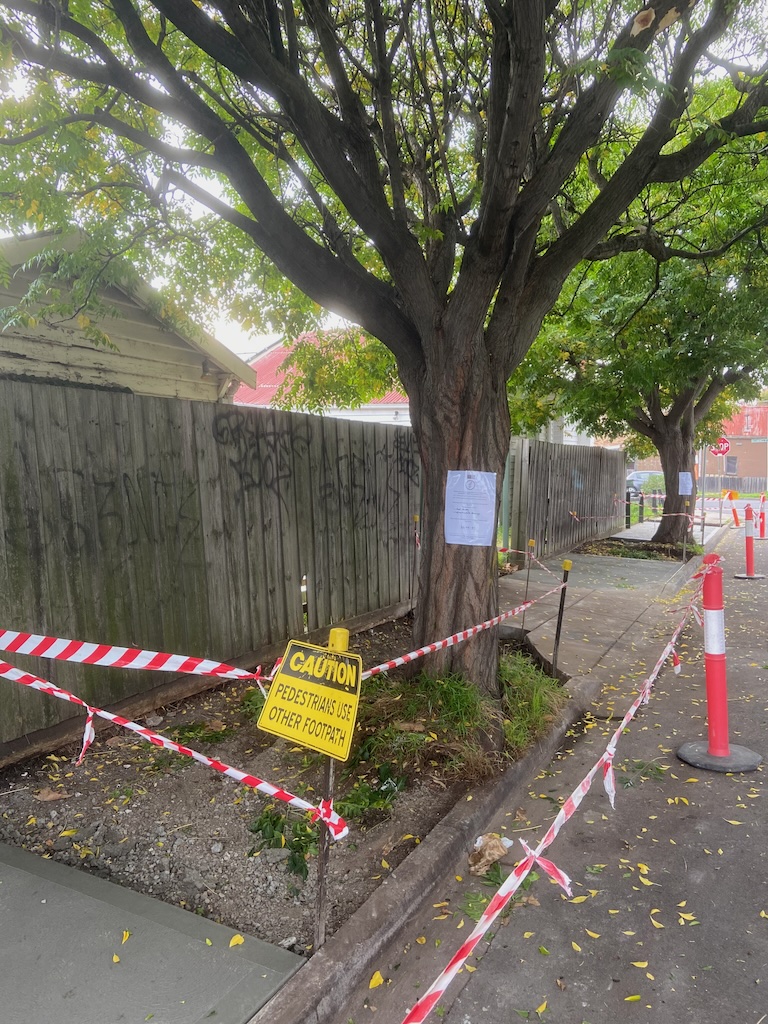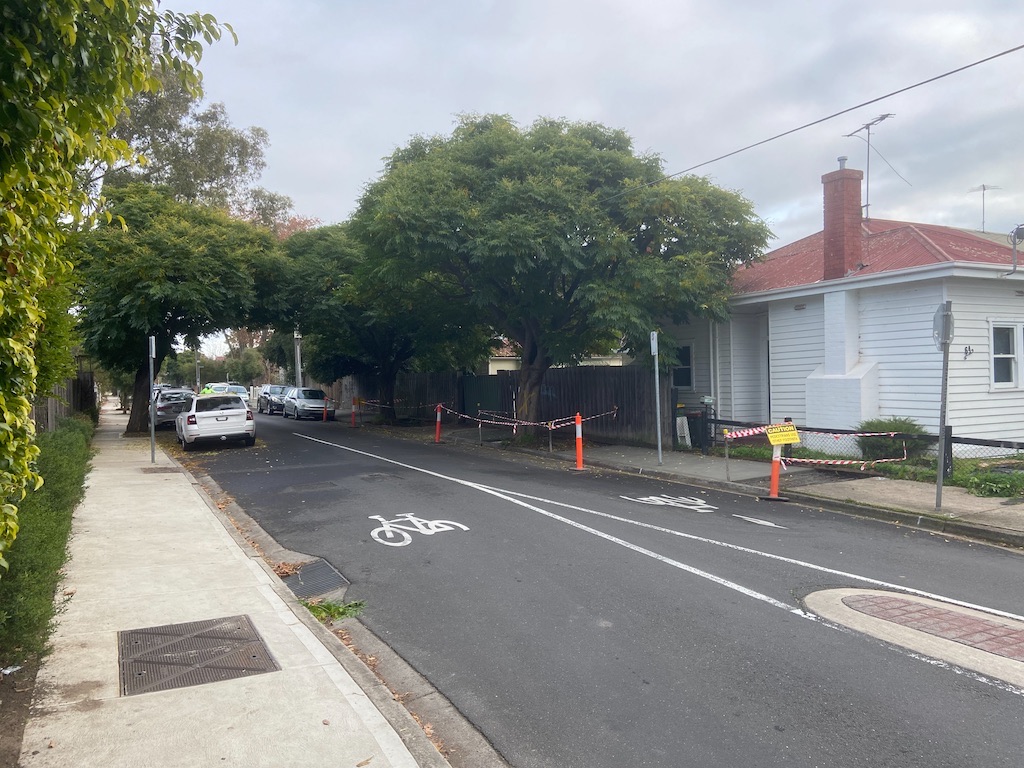This is a sad story of how we still ‘plan’ for growth in Aotearoa. We do so without providing people living in new and growing communities with real transport choice. Even when public transport solutions are available with high benefits, we tend to double down on big roads which make existing issues worse. This makes it nearly impossible for Aotearoa to achieve a zero-carbon future with genuine, inclusive transport choice. \
\
The first part of the tragedy is growth without transport choice. The second part is that even when good transport choices with high benefits are on the table, the choice is to double-down on roading investment and spend the bare minimum on public transport. \
\
The most clear and present example of this Transport Land Use Disintegration is taking place here and now in the Lower North Island where significant growth is taking place in Kāpiti, Horowhenua and the Wairarapa. For example, Horowhenua District Council’s updated growth strategy in 2022 plans for an additional 26,008 additional people by 2040 – a projected 71% increase. Kāpiti District, part of which is beyond the Wellington urban rail network, is projected to increase by 32,000 people over the next 30 years. Wairarapa is also growing, partly due to lifestyle reasons and partly driven by housing affordability challenges in Wellington. For example, medium growth projections indicate that Masterton district’s population will grow from 27,500 in 2020 to 30,549 (+11.1%) by 2031. At the same, the single commuter train from the Manawatū, Horowhenua and northern Kāpiti is at capacity as are the three peak-direction commuter trains from the Wairarapa. Put simply, there is a lot of growth coming, and there is no public transport capacity available for more people to use the train now, let alone any ability to accommodate population growth on public transport.
Related Posts

Ugly twist in Bandt fight for seat of Melbourne
- Helen Carrie
- May 6, 2025
- 1

A real-time journey through the Metro Tunnel
- Bardy Bigglesworth
- April 19, 2025
- 2
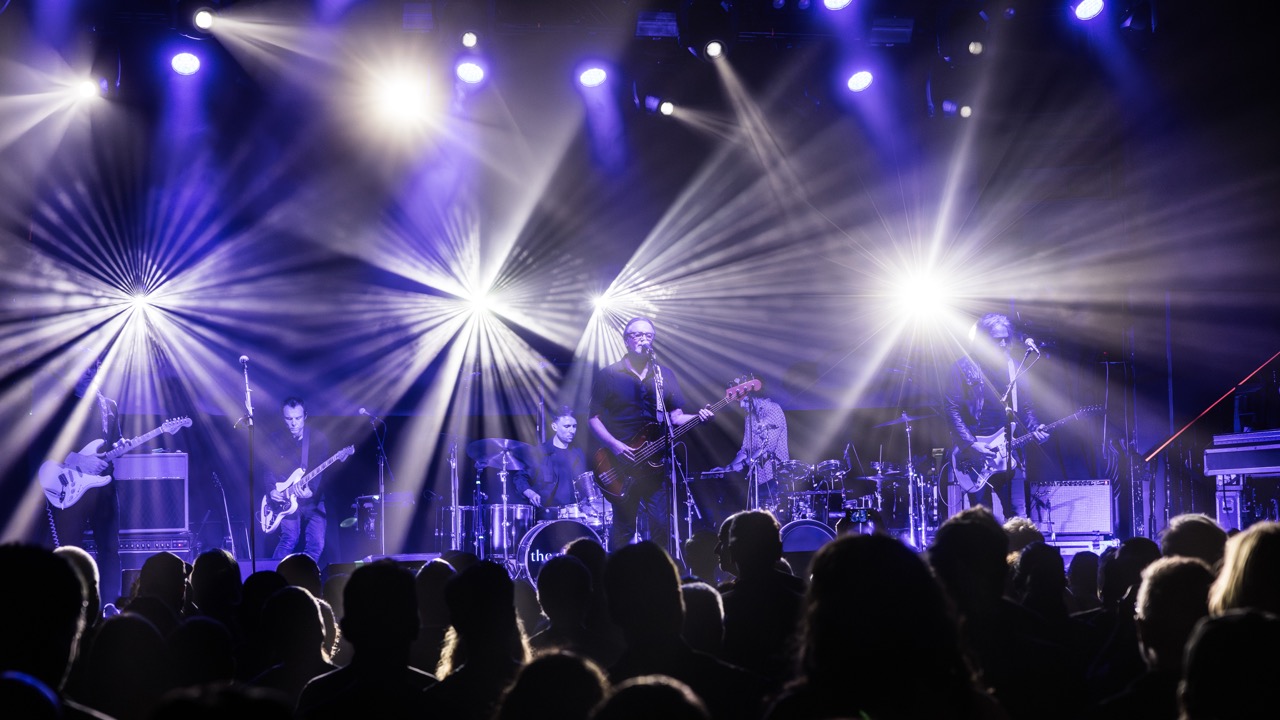
The Church Singles Tour: A Career Retrospective
- Brian Evans
- April 17, 2025
- 1

Cancelling Suburban Rail Loop likely to cost billions
- Bardy Bigglesworth
- April 17, 2025
- 2

Teenagers break into Sydney train control room
- gobstopper
- April 15, 2025
- 4
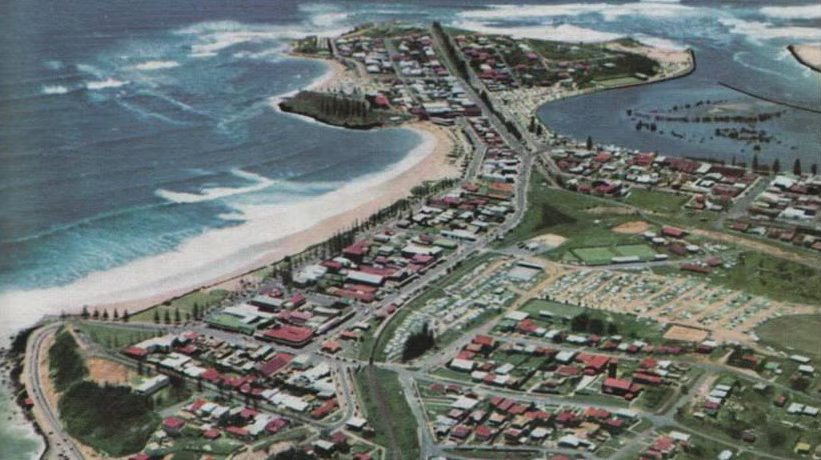
Gold Coast spends 60 years rebuilding rail line it ripped up
- gobstopper
- April 15, 2025
- 3

Premier digs in behind Labor’s signature Rail Loop
- Helen Carrie
- April 3, 2025
- 1
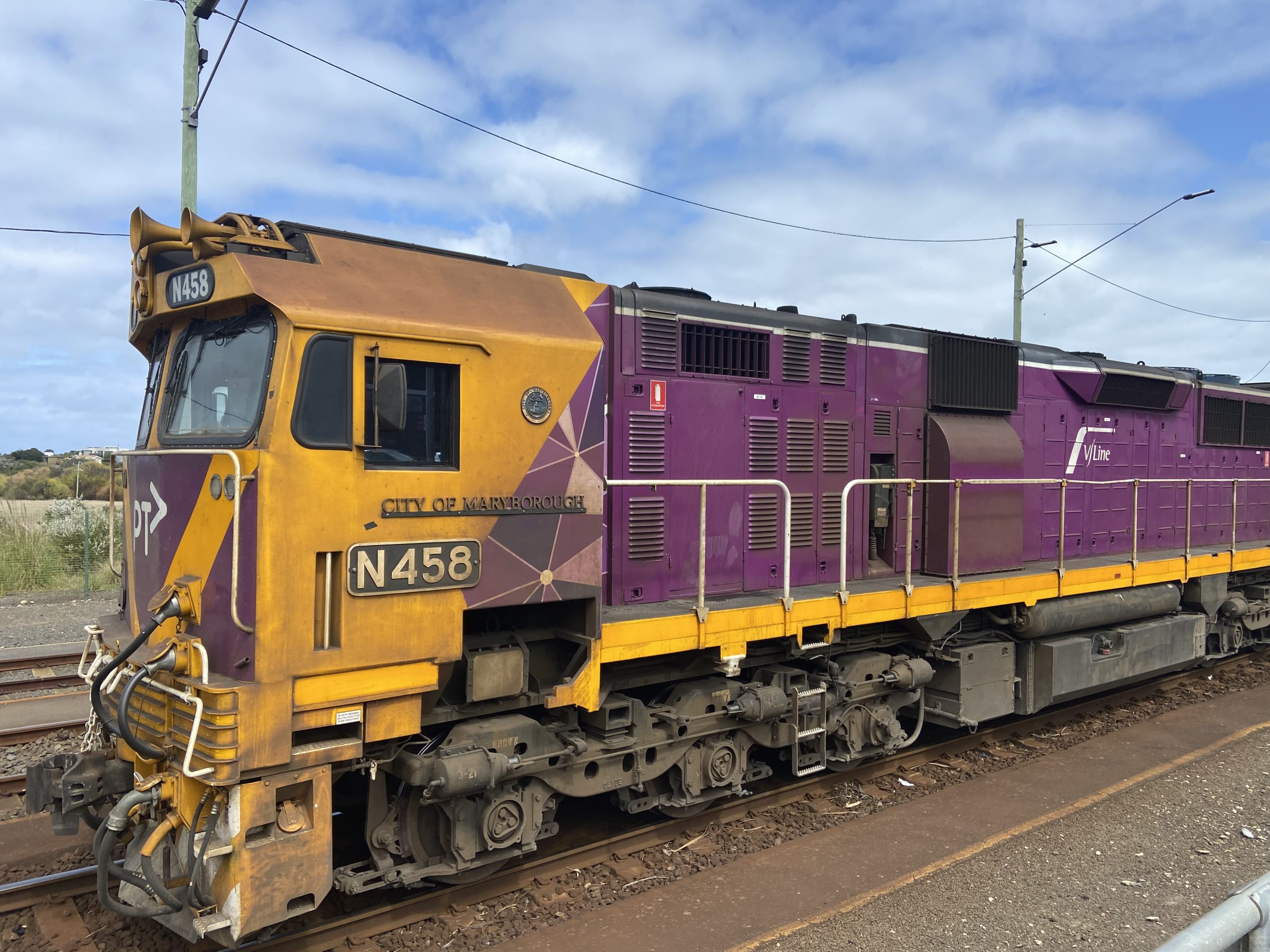
Retired V/Line Trains To Get More Freight On Rail
- Bardy Bigglesworth
- April 1, 2025
- 3
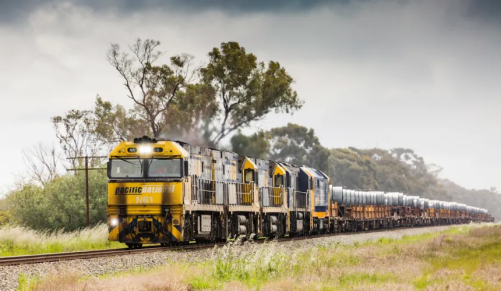
Appointments made to oversee ARTC rail network
- Bardy Bigglesworth
- April 1, 2025
- 0
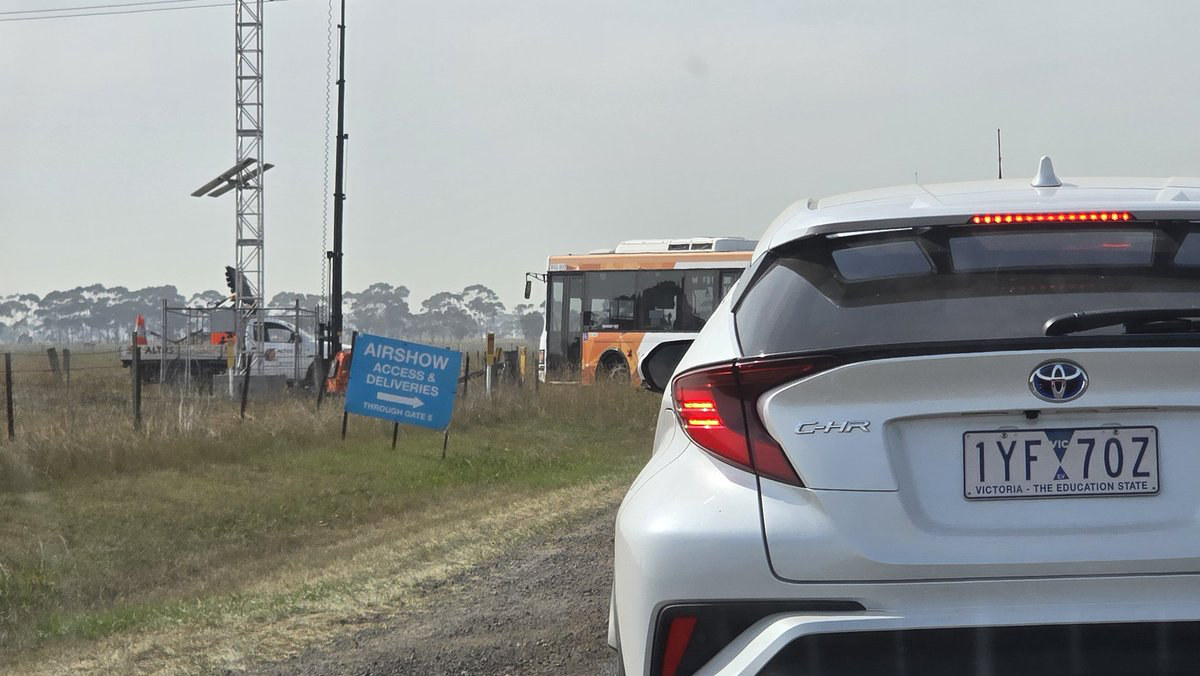
Why we need a train to Avalon Airport
- Bardy Bigglesworth
- March 28, 2025
- 11
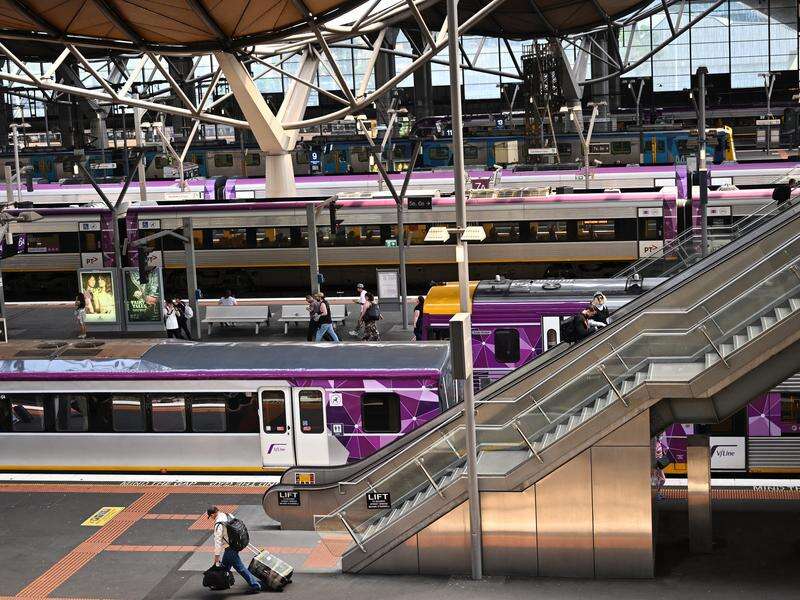
Very poor performance on Warrnambool line on 25th March
- Snuffle Nose
- March 27, 2025
- 2

Labor plans for another 1.8 million immigrants for Australia
- Helen Carrie
- March 27, 2025
- 0

The McKay brothers are they an overrated pair of players?
- Helen Carrie
- March 27, 2025
- 3

SSR loaded grain to the Port of Melbourne through Footscray
- Brian Evans
- March 26, 2025
- 1
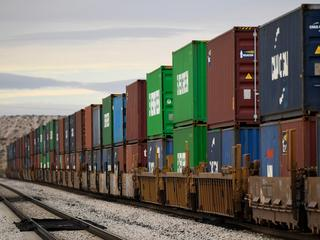
Freight empire collapses owing $116m
- Bardy Bigglesworth
- March 25, 2025
- 0

Southern Cross Railway Station upgrade includes rubbish bins
- Helen Carrie
- March 23, 2025
- 1
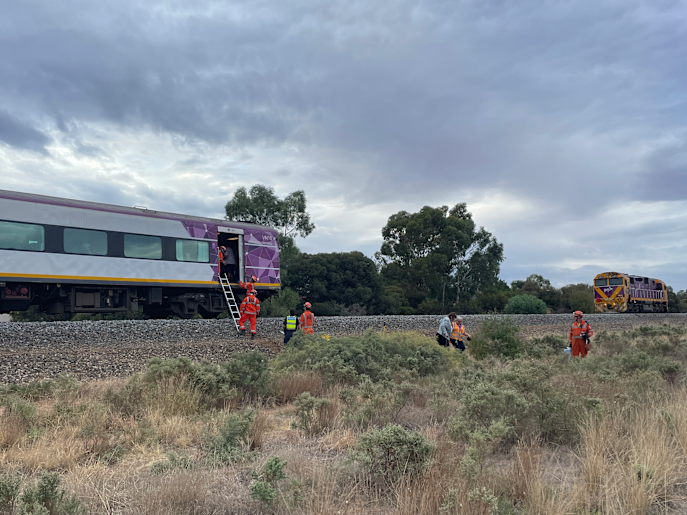
Detached V/Line train causes delays
- Bardy Bigglesworth
- March 21, 2025
- 5
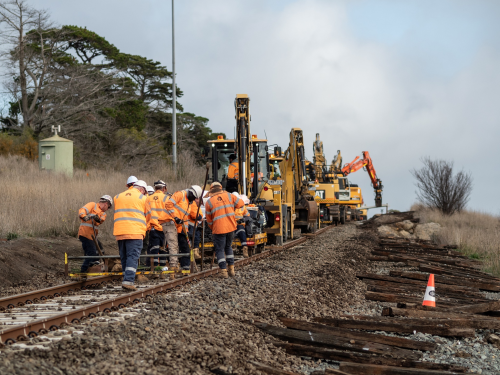
Geelong and Warrnambool Rail Lines to close once again
- Bardy Bigglesworth
- March 21, 2025
- 2
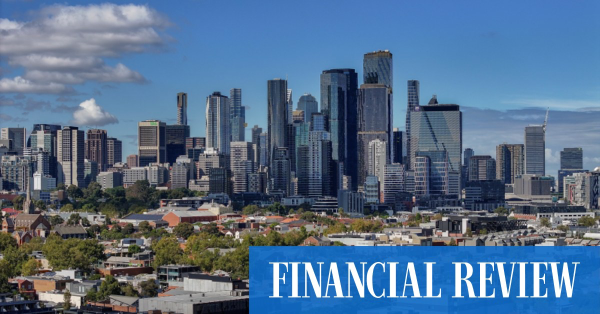
Where does Victoria sit in the national debt stakes?
- Helen Carrie
- March 16, 2025
- 0
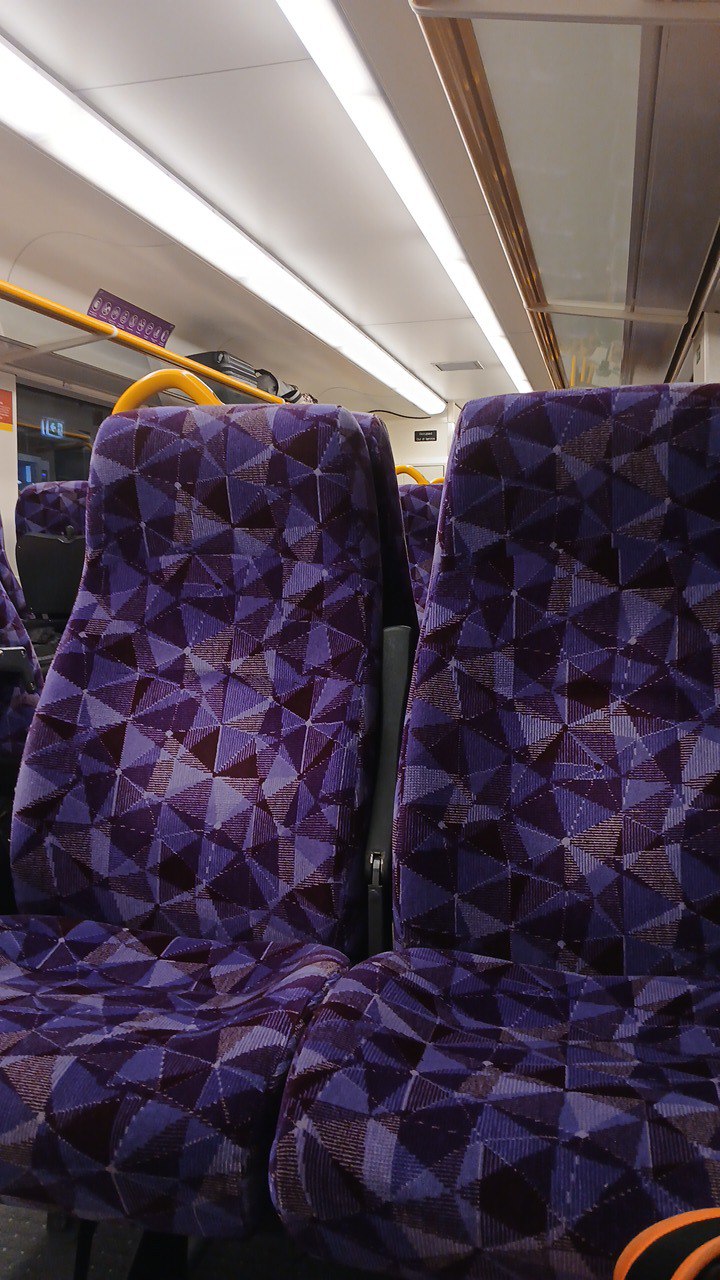
Riding and observing train movement on the Warrnambool line
- Snuffle Nose
- March 10, 2025
- 10

Transport response to Tropical Cyclone Alfred
- Bardy Bigglesworth
- March 5, 2025
- 1

Queensland Rail to shutdown Brisbane rail network
- Bardy Bigglesworth
- March 5, 2025
- 3
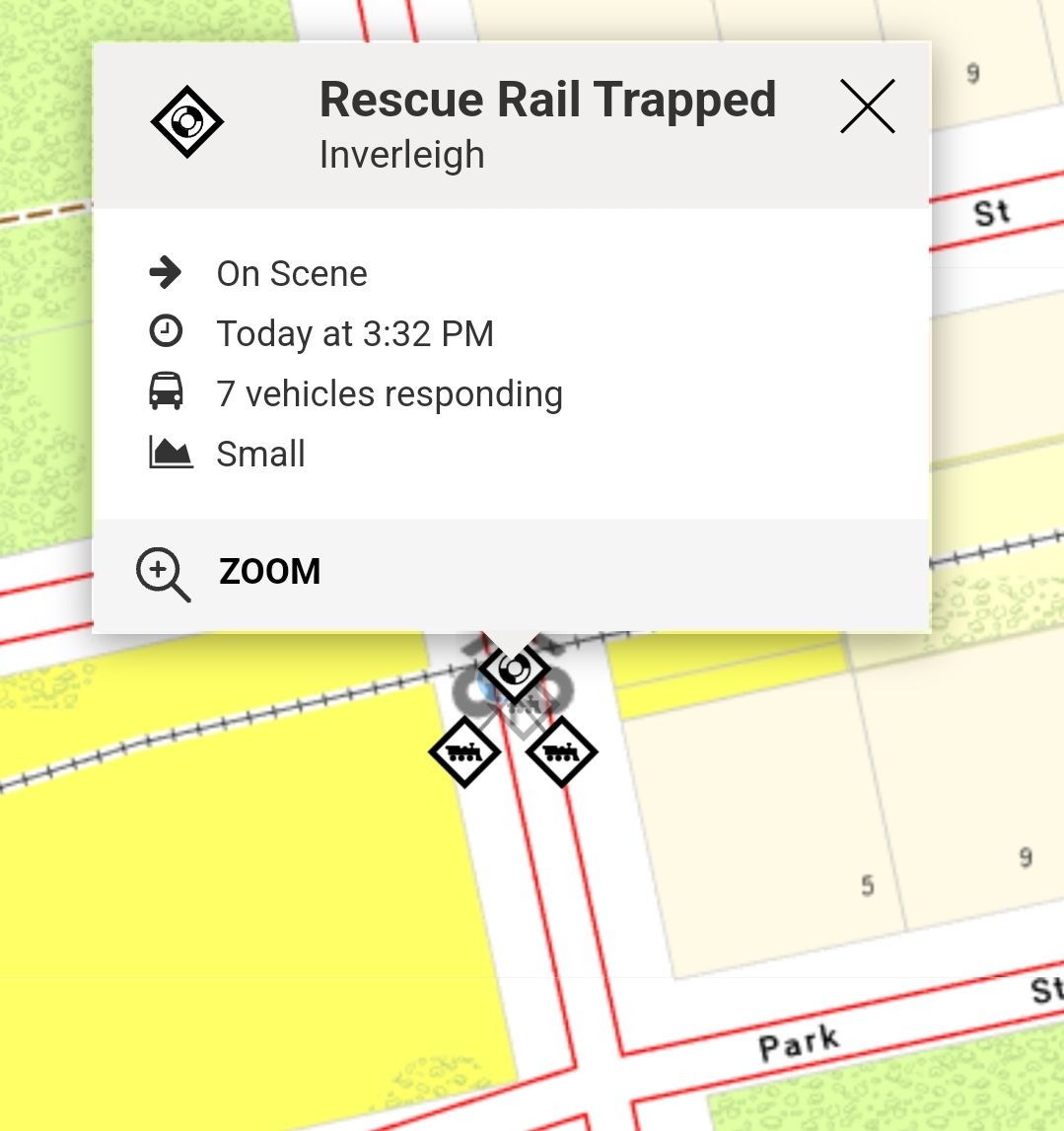
Railway emergency at Inverleigh, Victoria
- Bardy Bigglesworth
- March 3, 2025
- 1
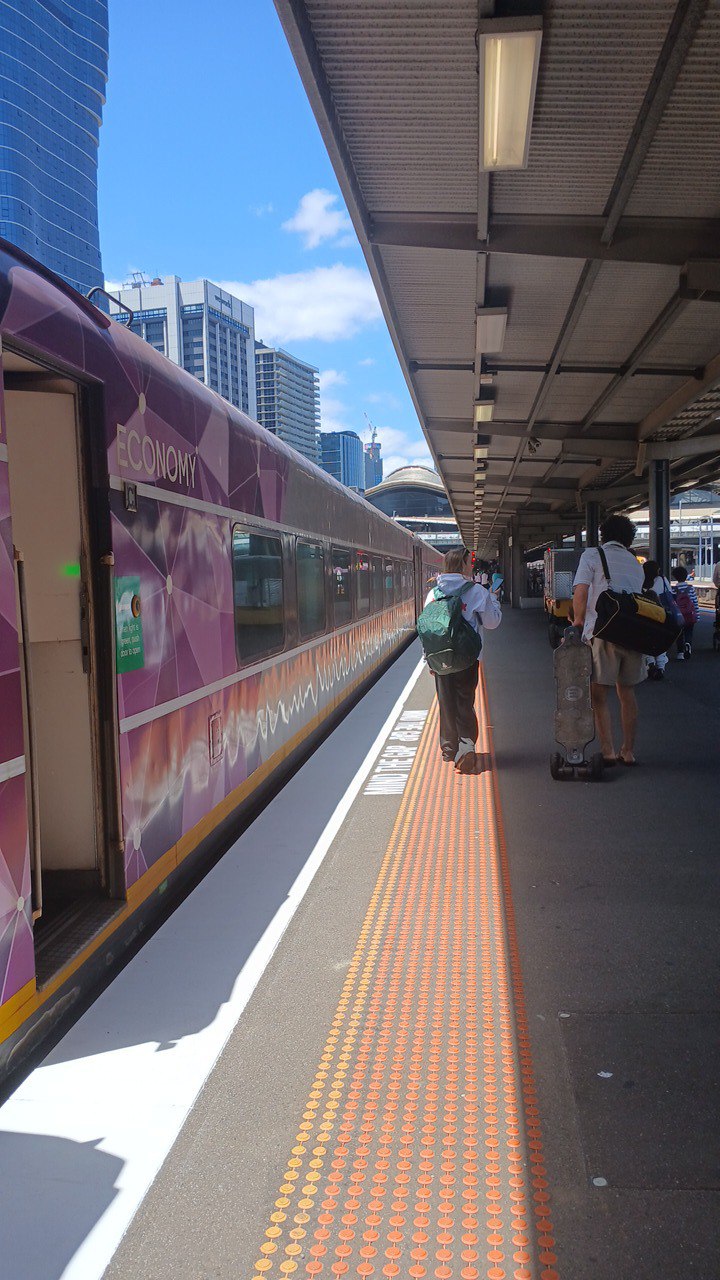
What is the air quality like at Southern Cross Railway Station
- Brian Evans
- February 20, 2025
- 9
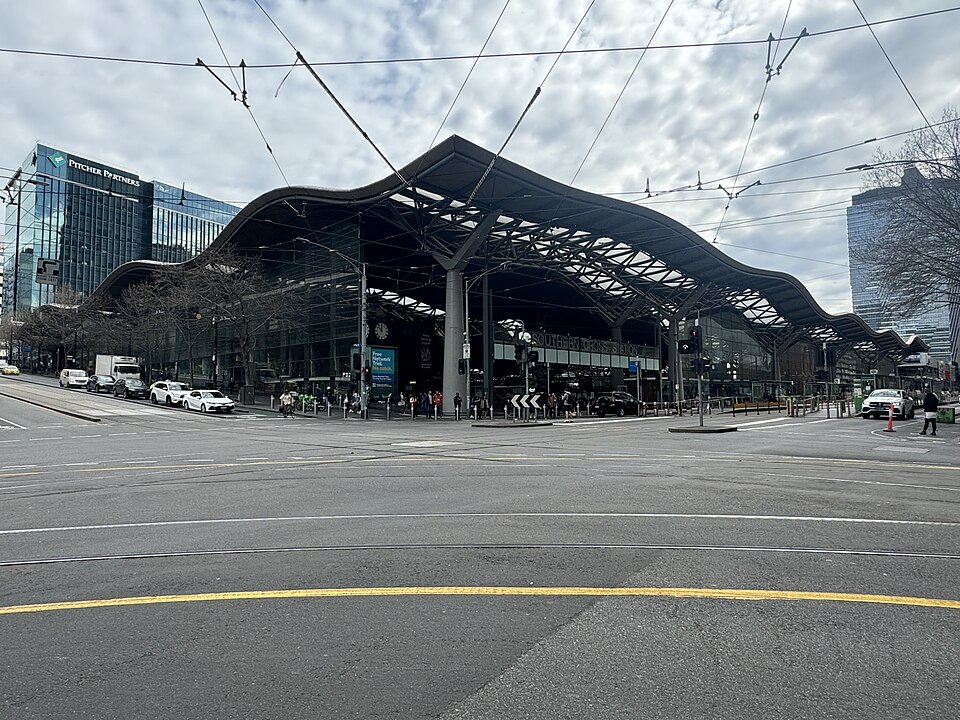
Rail Union wants to shutdown Southern Cross Railway Station
- Bardy Bigglesworth
- February 20, 2025
- 10

North East Link works shutdown until further notice
- Bardy Bigglesworth
- February 20, 2025
- 4

New Metro Tunnel technology to be ripped out in latest myki mess
- Bardy Bigglesworth
- February 19, 2025
- 6
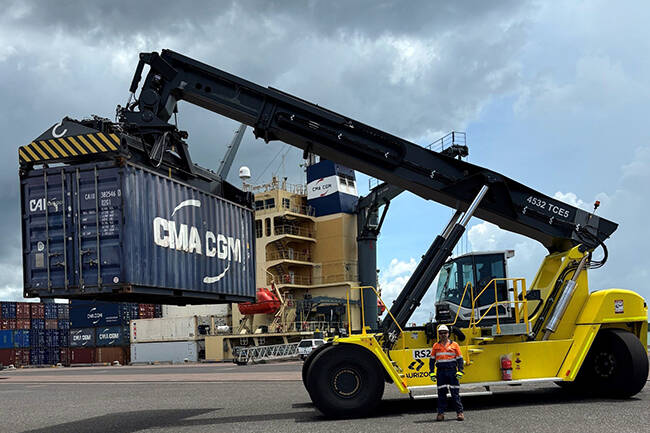
ANL and Aurizon partner on Landbridging through Darwin
- gobstopper
- February 18, 2025
- 1
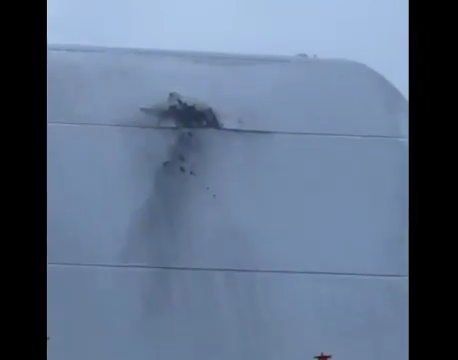
Chernobyl Nuclear Power Plant new confinement building hit by missile
- Helen Carrie
- February 15, 2025
- 1
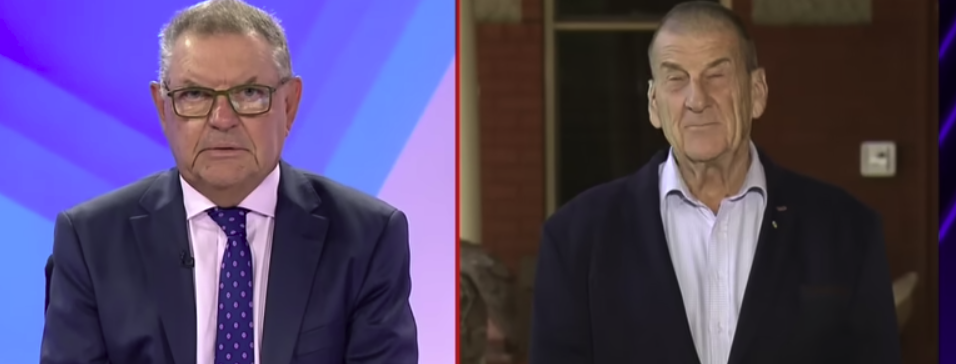
Jeff Kennett on Melbourne underground rail: 2012 vs 2025
- Bardy Bigglesworth
- February 13, 2025
- 2

NSW Health workers talk about killing Israeli patients
- Helen Carrie
- February 12, 2025
- 8
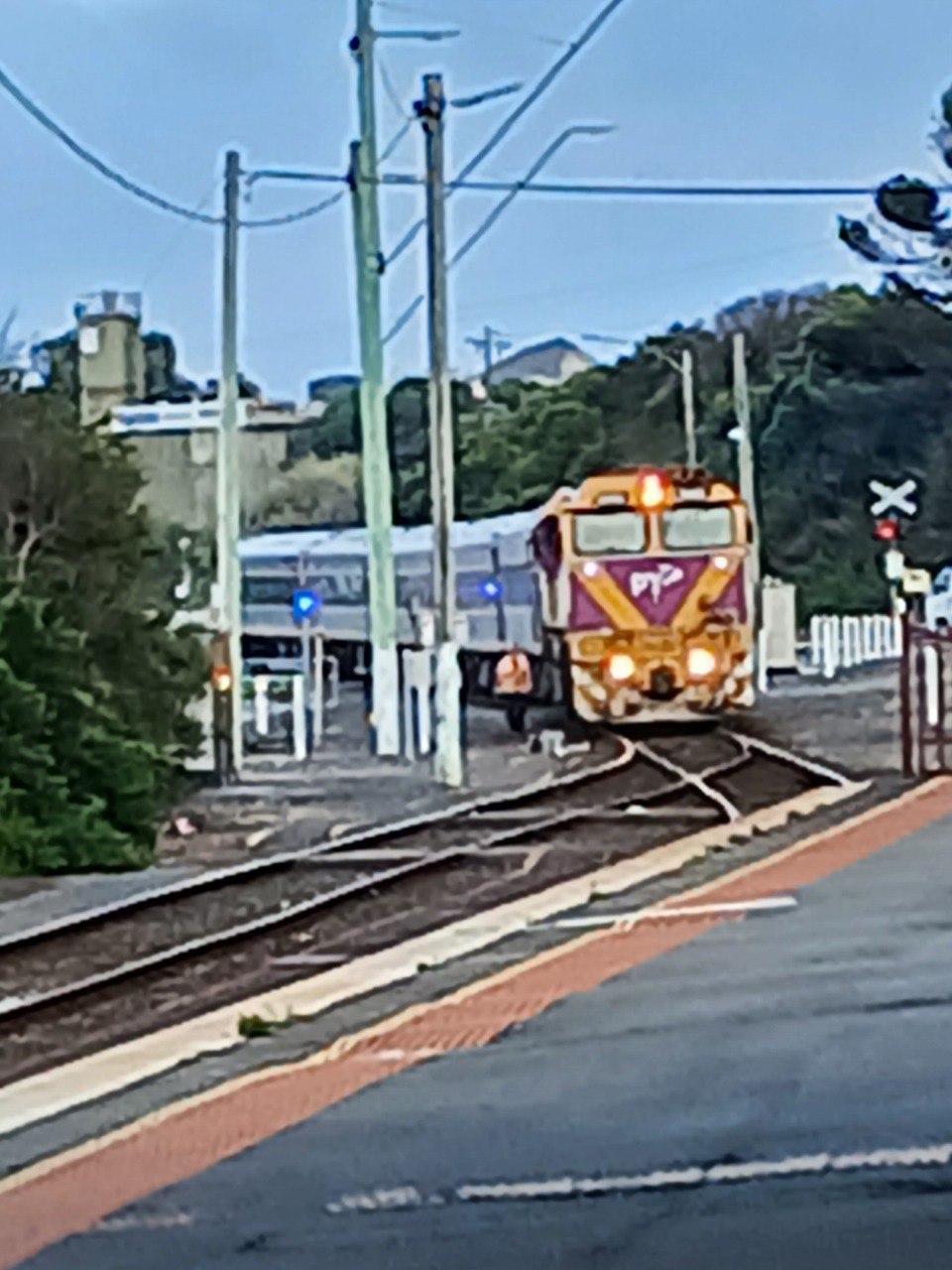
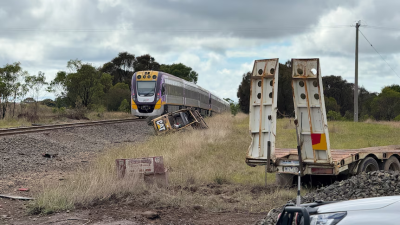
V/Line train and truck collide at Kilmany in Gippsland
- Bardy Bigglesworth
- February 11, 2025
- 5

Why the European Union is failing
- Helen Carrie
- February 11, 2025
- 0
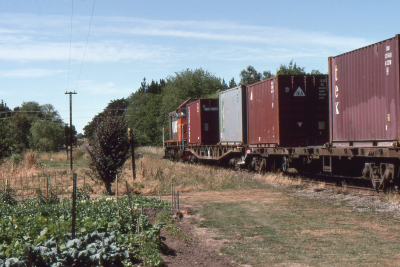
VLine shunting loco Y174 runs a Ballarat-bound Redan pilot in 1989
- Bardy Bigglesworth
- February 10, 2025
- 1

The X-Files Season 12 (2025) MULDER AND SCULLY ARE BACK!!!
- Helen Carrie
- February 7, 2025
- 0
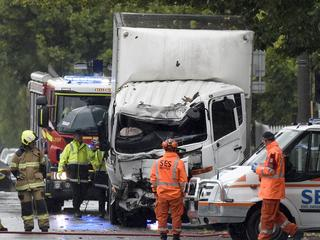
Victoria clocks deadliest January road toll in more than 15 years
- Helen Carrie
- February 2, 2025
- 1
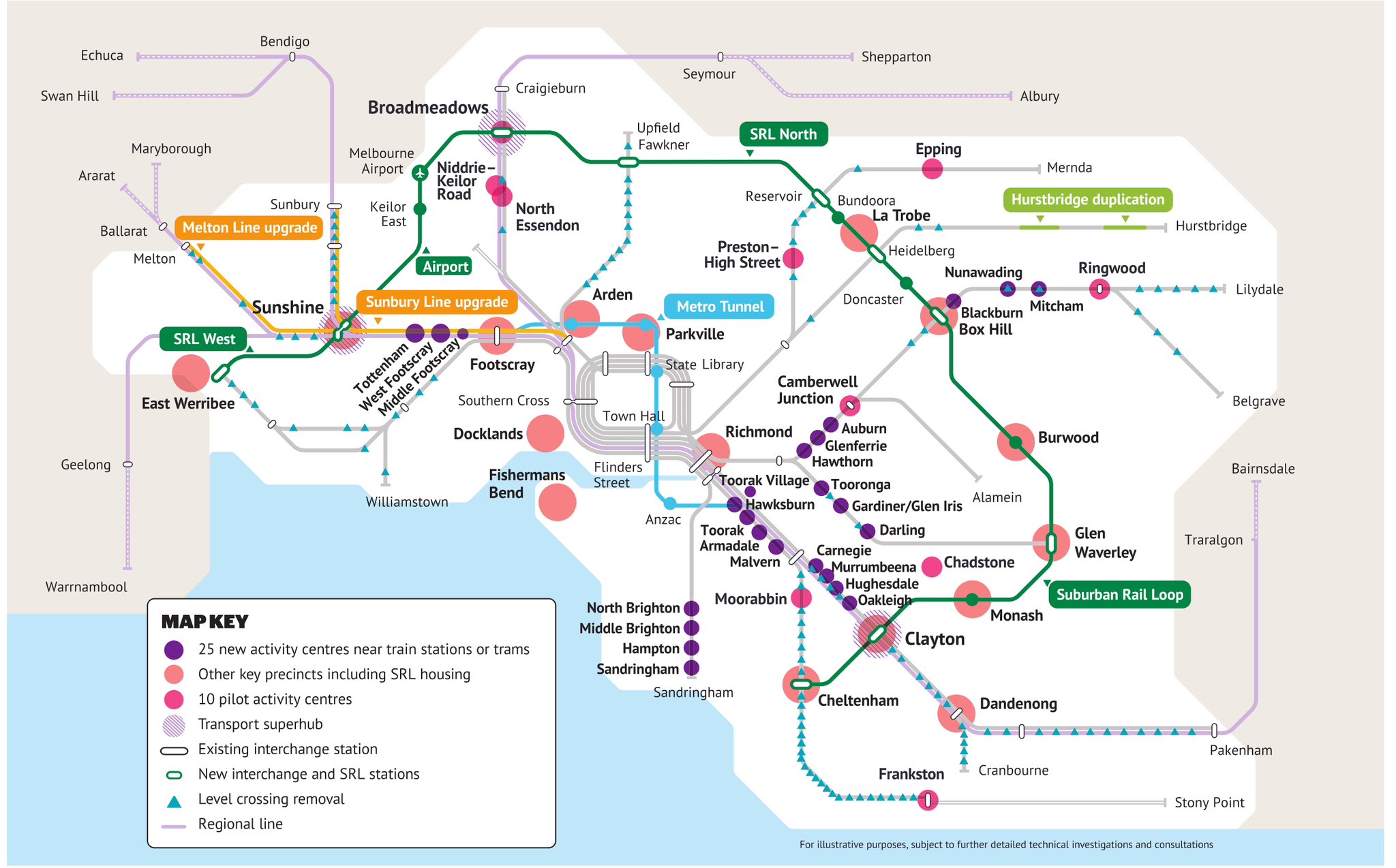
Melbourne’s west shows folly of Suburban Rail Loop
- Bardy Bigglesworth
- January 30, 2025
- 2

Image released after alleged sex act in front of girls on train
- Helen Carrie
- January 30, 2025
- 1

Australia Day – A few facts for the uneducated disruptors
- Brian Evans
- January 28, 2025
- 9
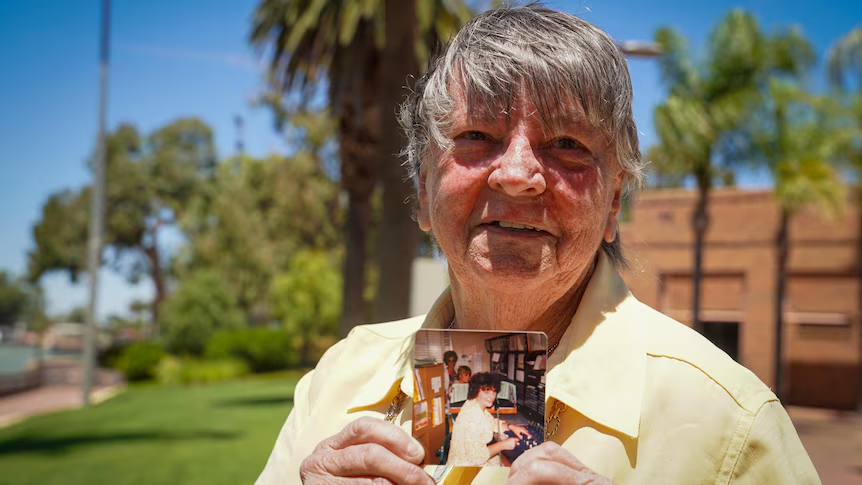
Exchange telephonist reminisces two decades of connecting calls
- Helen Carrie
- January 26, 2025
- 1
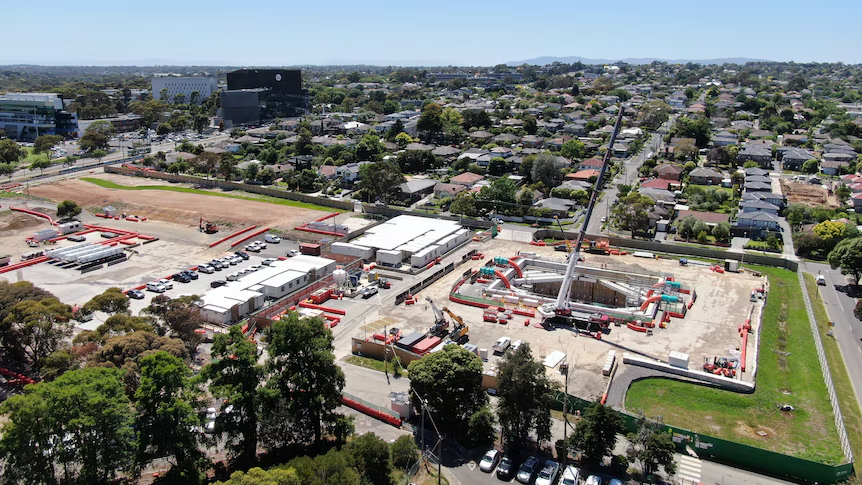
Victorian premier affirms commitment to Suburban Rail Loop
- Bardy Bigglesworth
- January 26, 2025
- 1
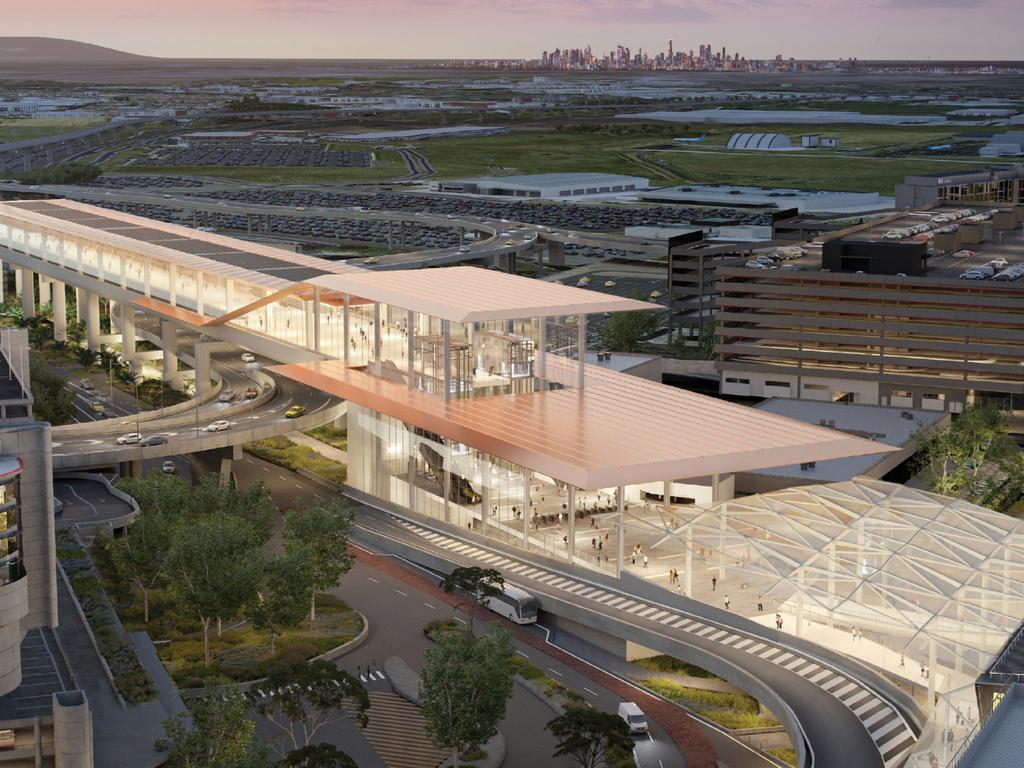
Feds offer more cash for Melb Airport Rail to take flight
- Bardy Bigglesworth
- January 24, 2025
- 3

Melbourne named one of the world’s best cities
- Bardy Bigglesworth
- January 17, 2025
- 3
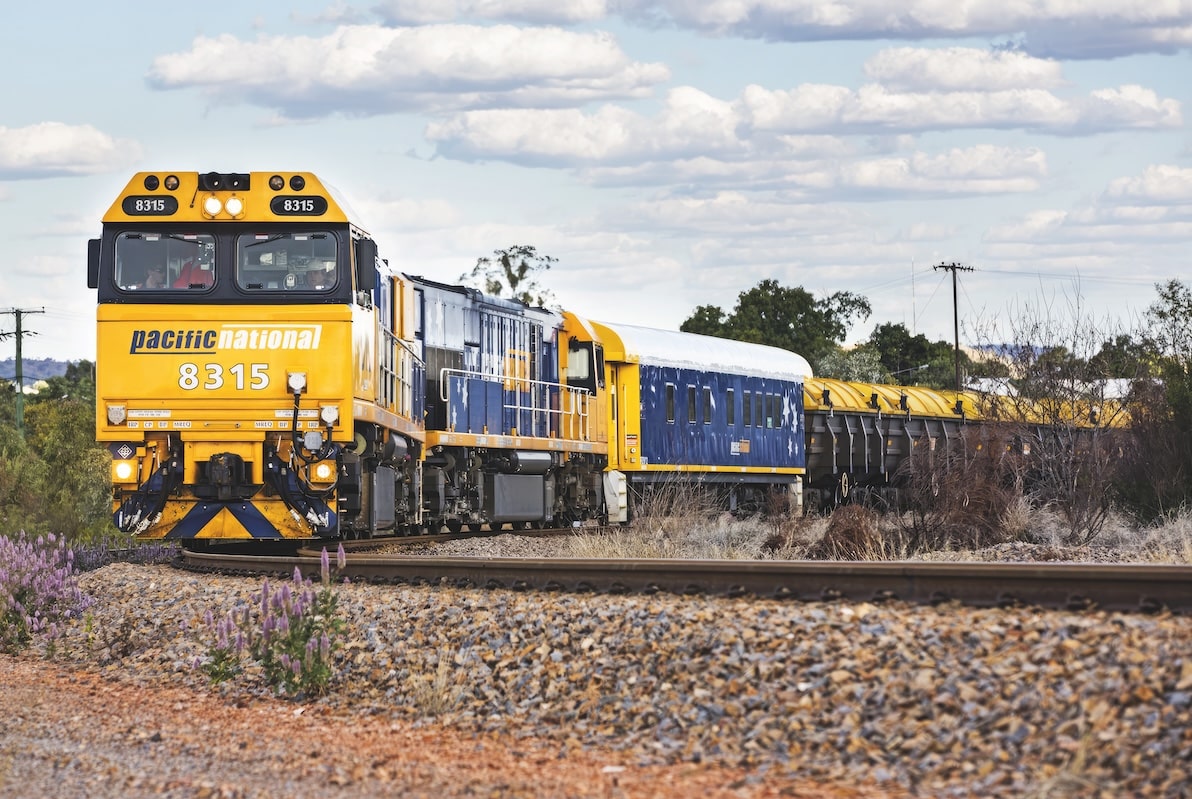

Hastings Railway Station burns down
- Bardy Bigglesworth
- December 21, 2024
- 8

Sampling the 19:12 Warrnambool Train
- Snuffle Nose
- December 20, 2024
- 0

In fight against trucks, there’s a battle to control trains
- Bardy Bigglesworth
- December 20, 2024
- 5
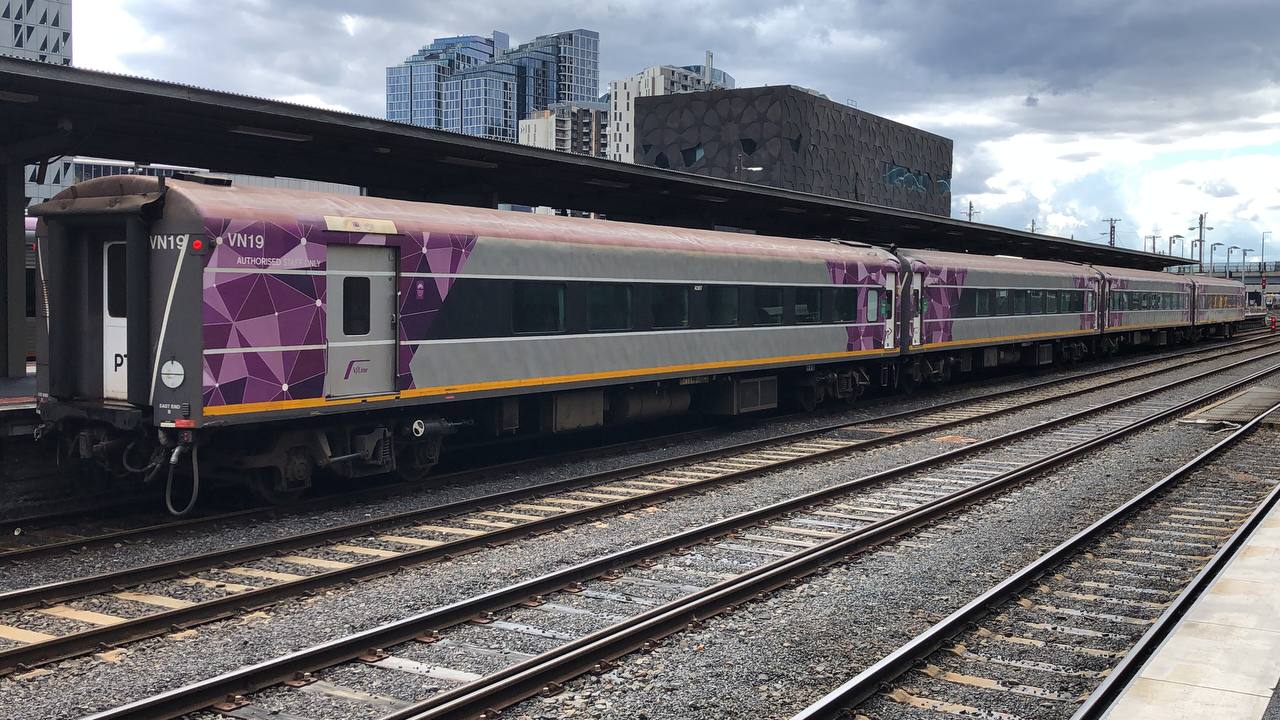
Regional towns set to boom with Victoria’s rail revival
- Brian Evans
- December 14, 2024
- 2
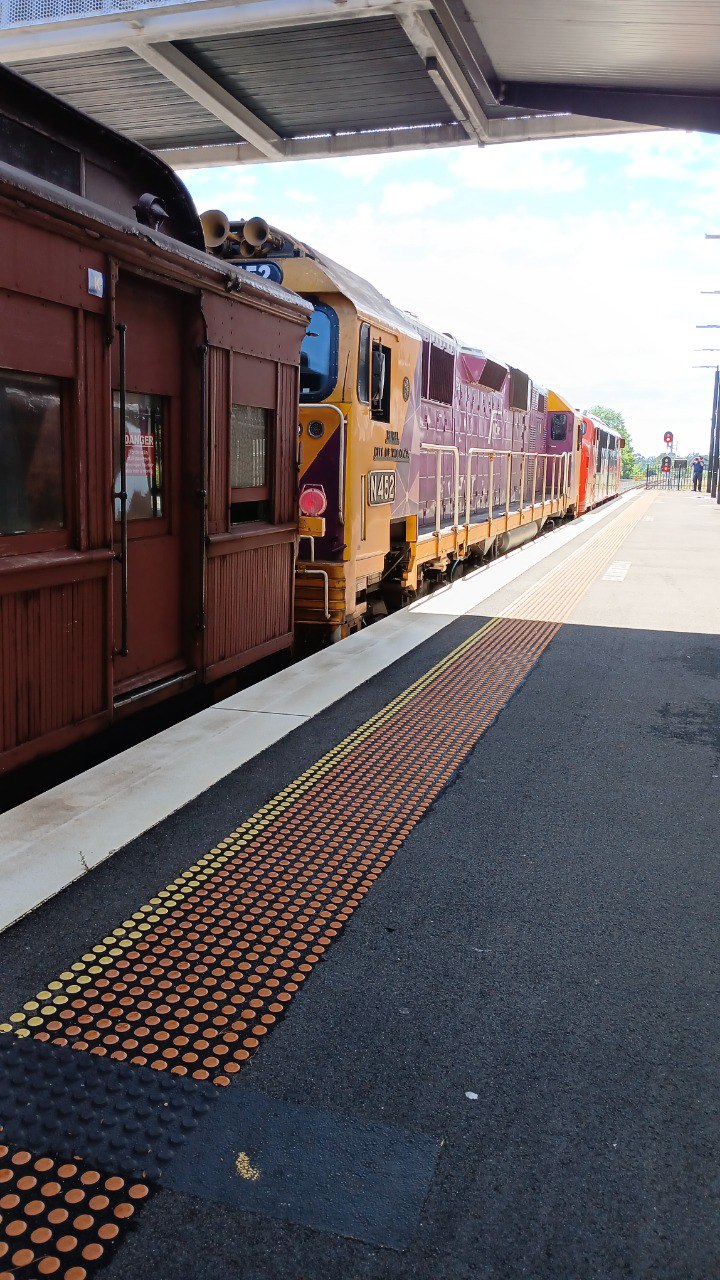
707 Operations Inc Weekend tour 6-8 December 2024
- Snuffle Nose
- December 12, 2024
- 0
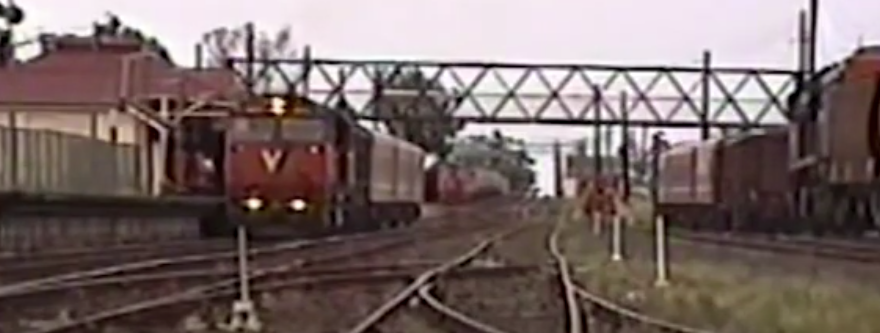
How To Return Trains To Horsham
- Bardy Bigglesworth
- December 9, 2024
- 2
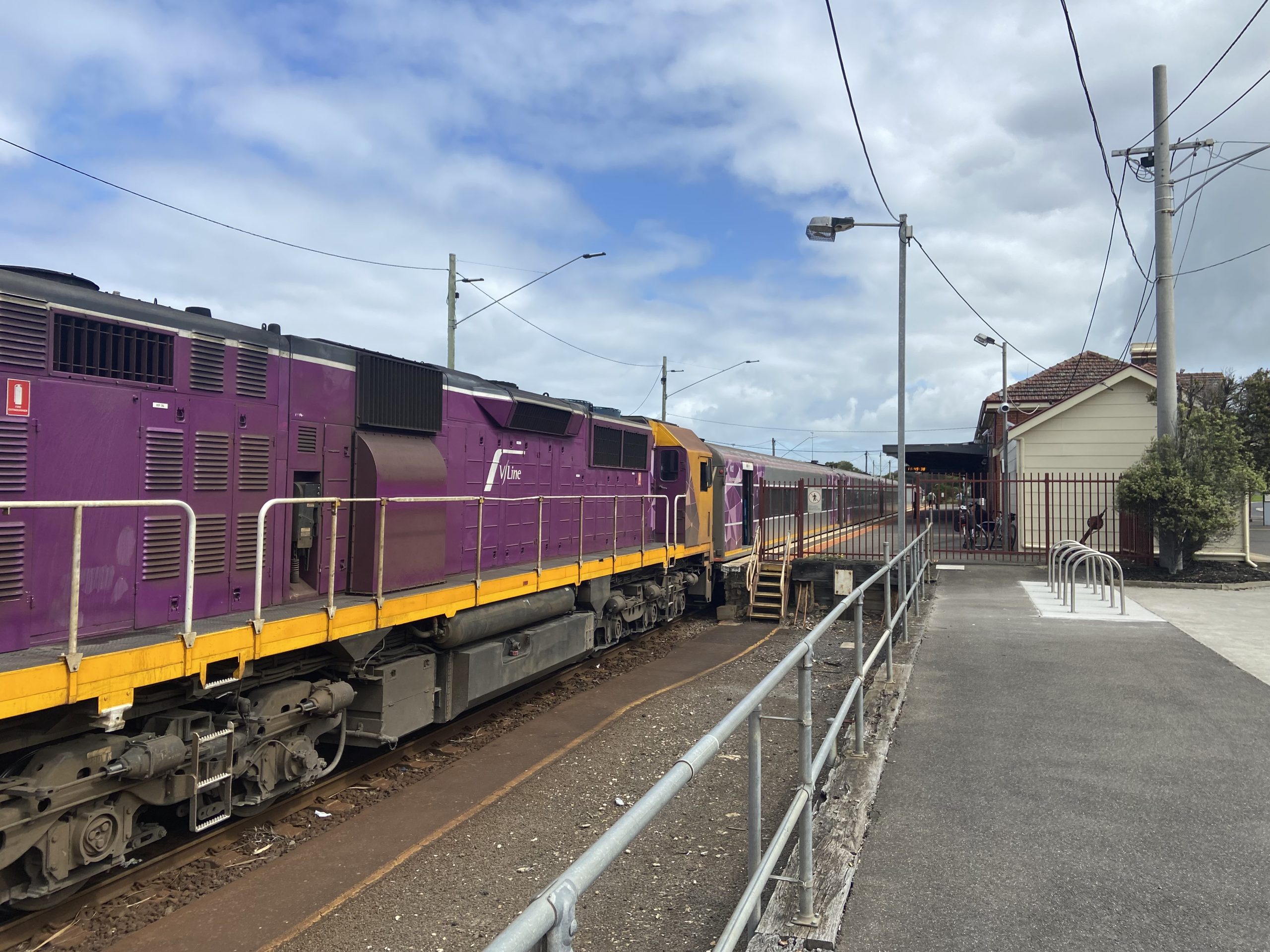
V/Line upgrading Warrnambool line, I think not!
- Bardy Bigglesworth
- December 9, 2024
- 6

Lidia Thorpe continues to divide this great nation
- Helen Carrie
- December 9, 2024
- 2
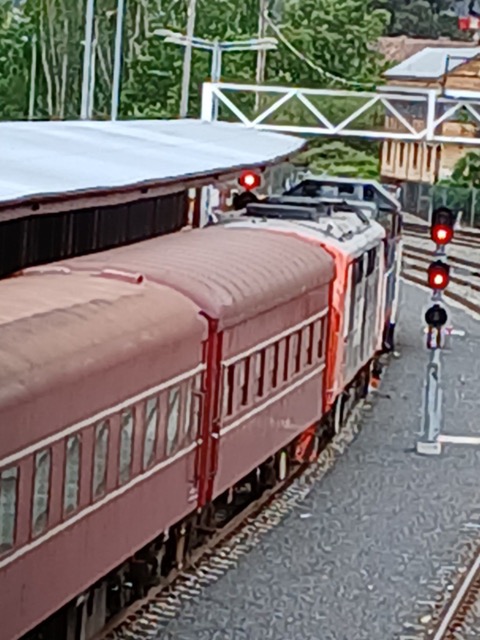
707 Operations Inc. Member’s special to Ballarat a Day Tour
- Snuffle Nose
- November 28, 2024
- 0
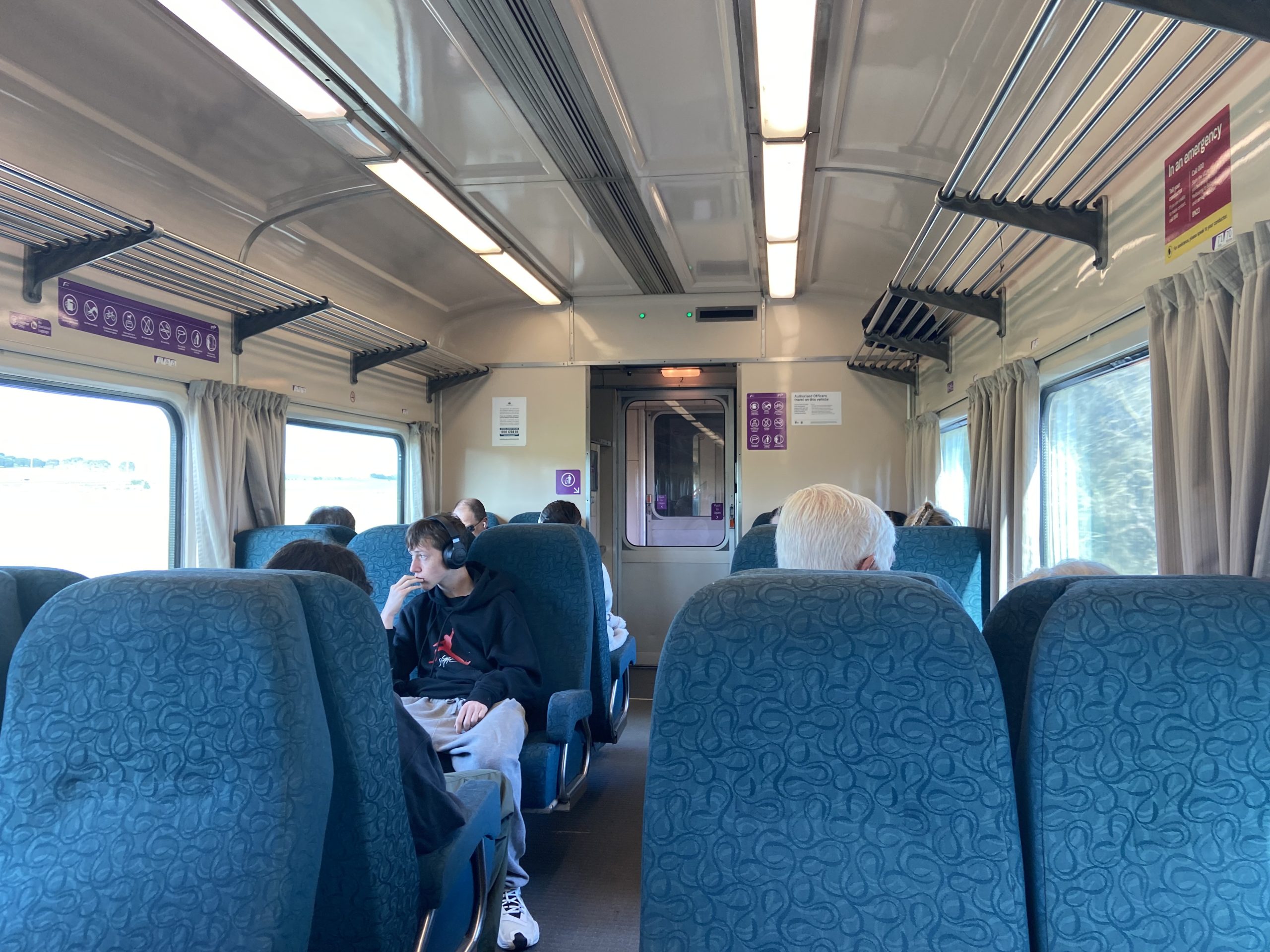
Interesting scenes on Warrnambool run 13:08 on 20th November 2024
- Snuffle Nose
- November 25, 2024
- 15

Bendigo Rail Line a shambles under V/Line Management
- Bardy Bigglesworth
- November 23, 2024
- 5
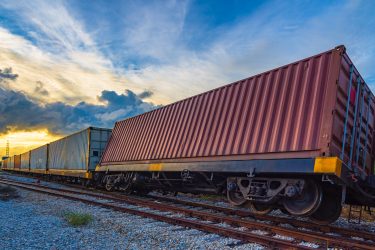
Minns Govt Tightens Penalties for Rail Obstructions
- gobstopper
- November 22, 2024
- 1

US government pushes to break up Google to fix search monopoly
- Brian Evans
- November 22, 2024
- 0
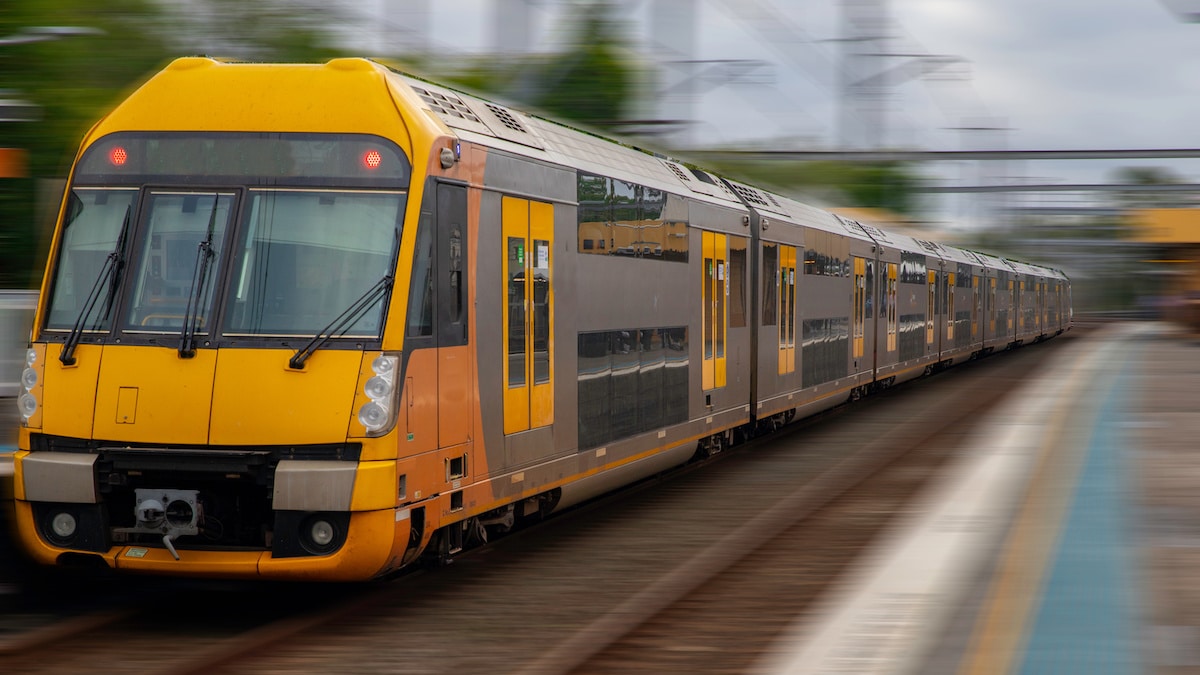
Sydneysiders to avoid huge transport disruptions over weekend
- gobstopper
- November 21, 2024
- 0

Metro Tunnel fires back at ‘bad planning’ accusations from opposition
- gobstopper
- November 21, 2024
- 1

Trains unable to use Metro Tunnel in labor’s latest stuff up
- Bardy Bigglesworth
- November 21, 2024
- 7

Swan Hill line and more information on Sunday 17/11/24
- Snuffle Nose
- November 21, 2024
- 9

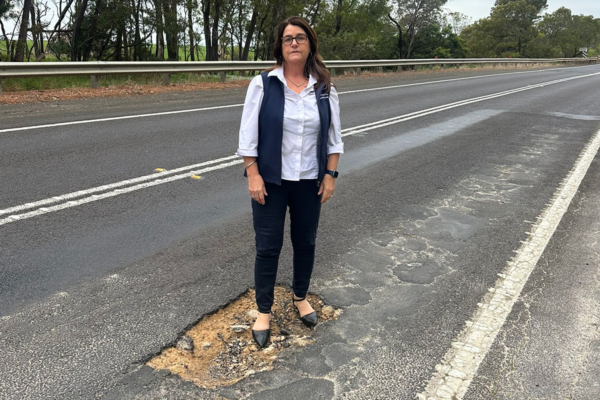
Potholes continue to cause problems in regional Victoria
- Bardy Bigglesworth
- November 1, 2024
- 2

The union buster and the unionist – an unlikely friendship
- Helen Carrie
- October 30, 2024
- 4

Australia’s fibre backbone race picks up speed
- Brian Evans
- October 28, 2024
- 0
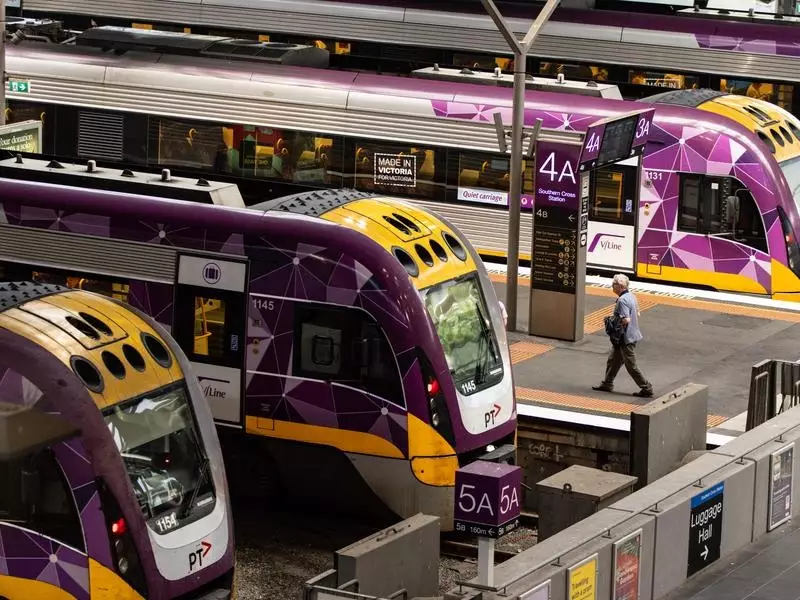
The Management of V/line
- Snuffle Nose
- October 24, 2024
- 19

Speeding trucks imperil safety around Footscray
- Bardy Bigglesworth
- October 24, 2024
- 0

What the British really think of Lidia Thorpe and her antics
- Helen Carrie
- October 23, 2024
- 1
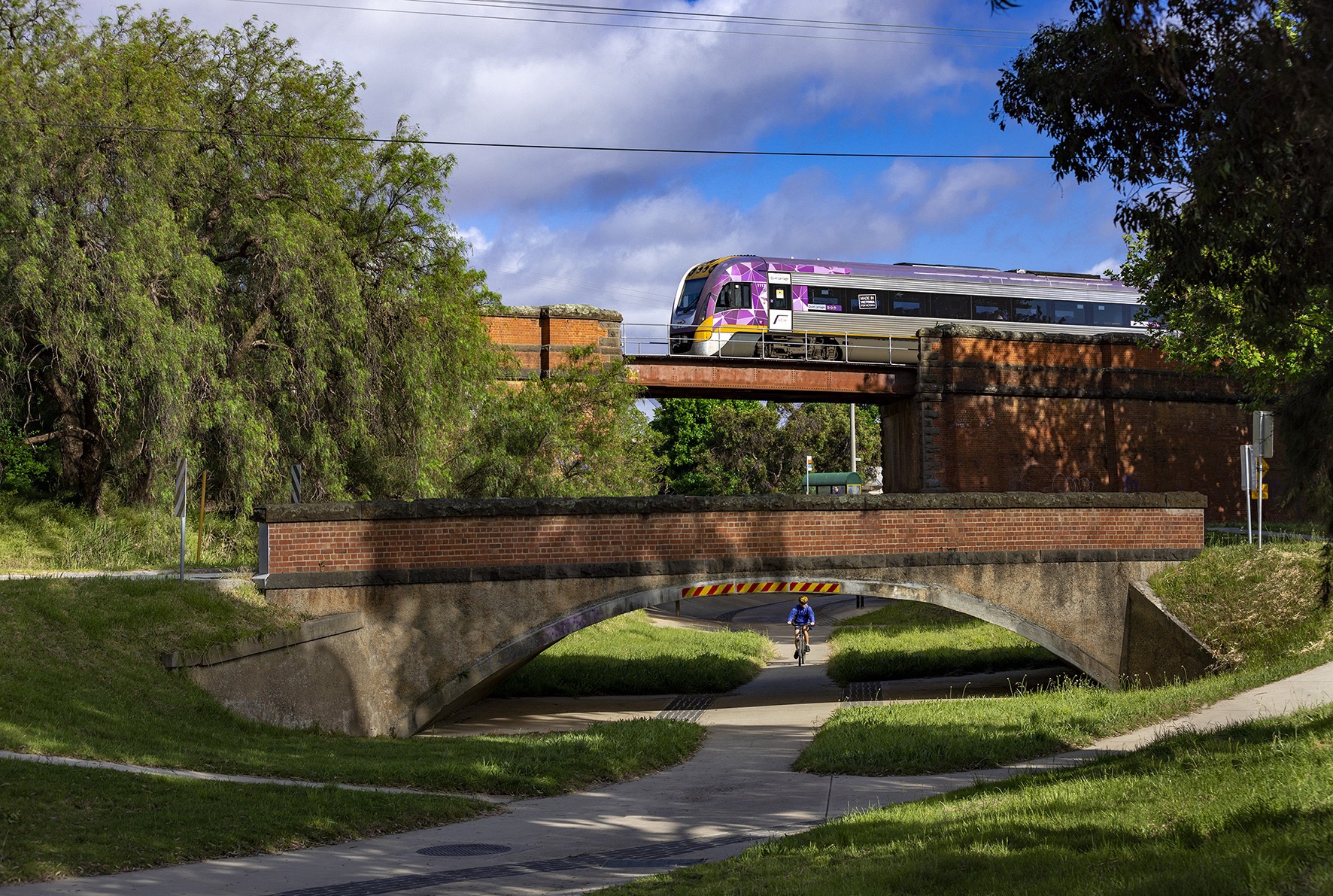
Warrnambool – V/Line to trash your long distance rail service
- Bardy Bigglesworth
- October 22, 2024
- 17

Barnaby Joyce is right about Anthony Albanese
- Helen Carrie
- October 20, 2024
- 1

Victorian Opposition considers reviving East West Link project
- Bardy Bigglesworth
- October 18, 2024
- 0

Julie Inman Grant should resign immediately over failed X litigation
- Helen Carrie
- October 18, 2024
- 1

Dan Andrews appointed chair of youth mental health service
- Helen Carrie
- October 18, 2024
- 2

Vlocity trains are not the answer for Regional Victoria
- Snuffle Nose
- October 14, 2024
- 13
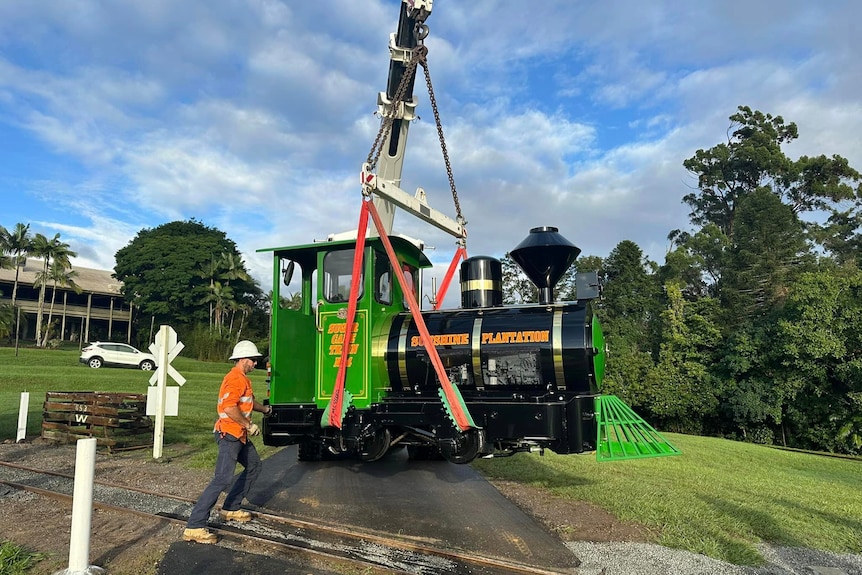
Preserving cane train history before Australian rail buffs run out of puff
- gobstopper
- September 27, 2024
- 0
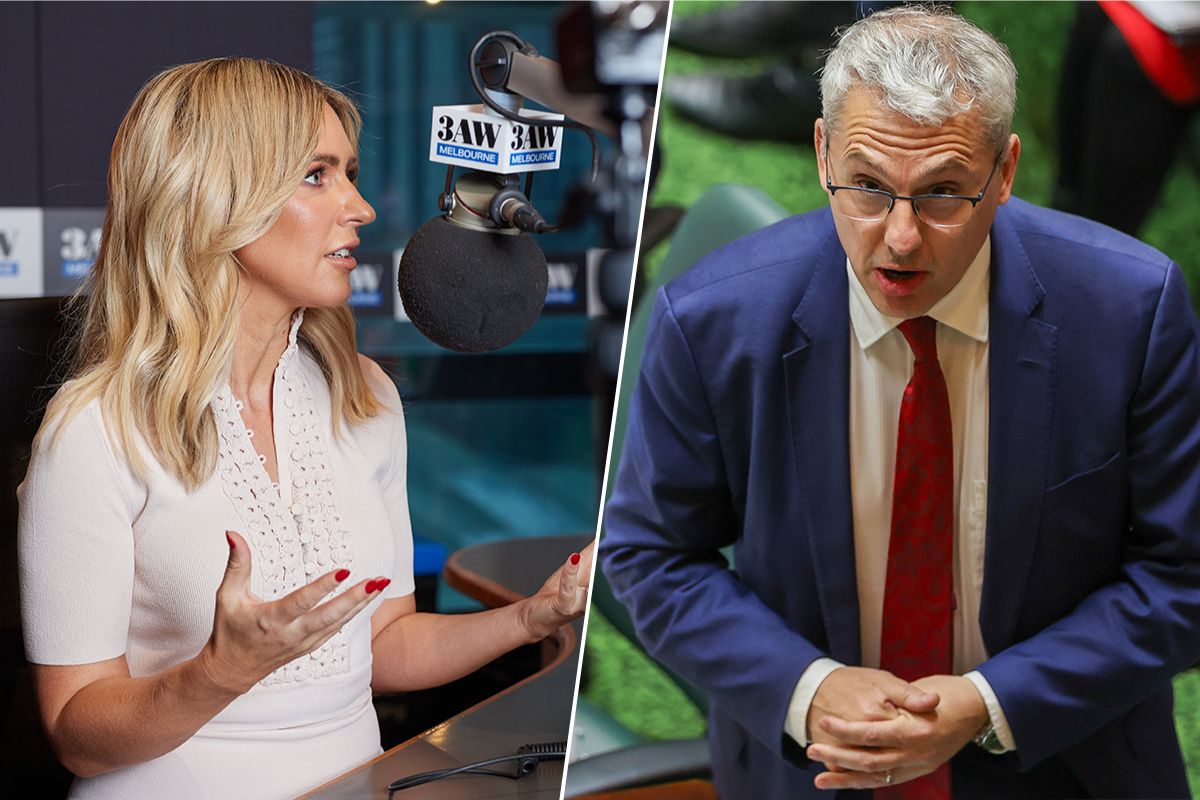
Metro Tunnel faces ANOTHER massive cost blowout
- Bardy Bigglesworth
- September 27, 2024
- 5

MP says capacity won’t be reduced on trains with 50 per cent less seats
- Bardy Bigglesworth
- September 20, 2024
- 11
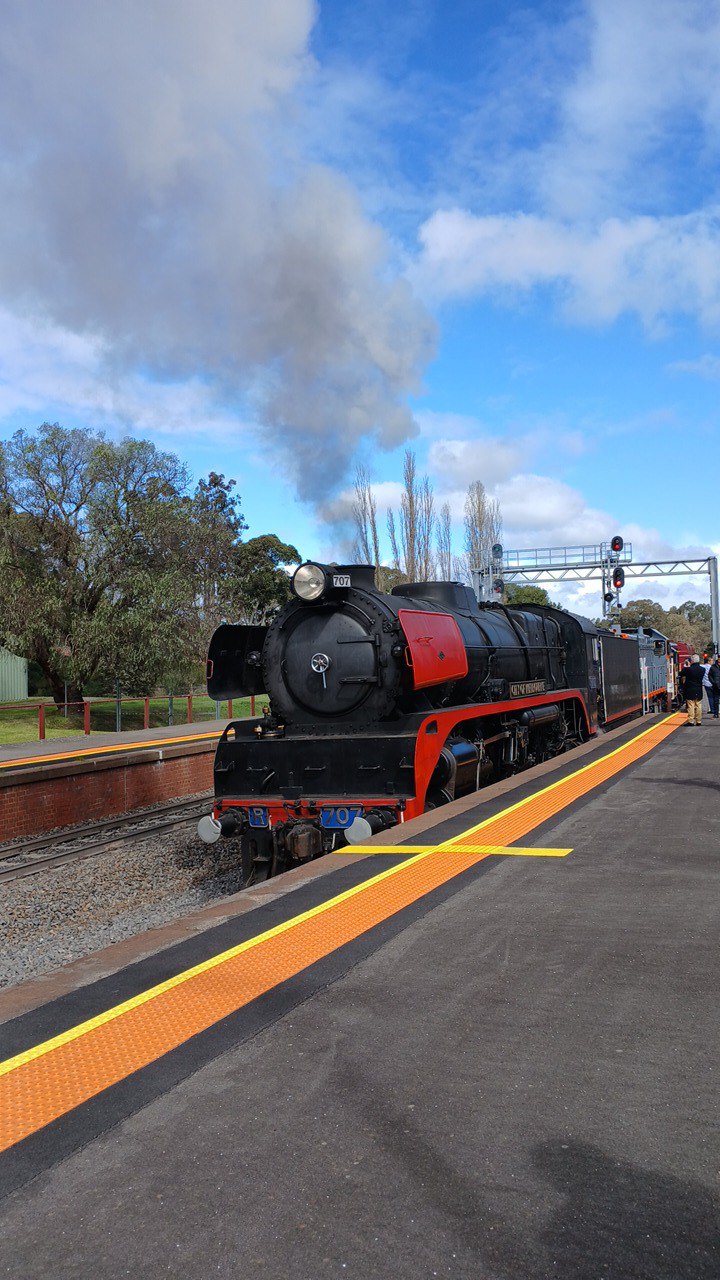
Onboard the R707 day tour to Maldon on 14th September 2024
- Snuffle Nose
- September 17, 2024
- 7

Melbourne has been named the most congested city in Australia
- Bardy Bigglesworth
- September 13, 2024
- 6

V/Line reduces seating capacity on Warrnambool line with Vlocity services
- Bardy Bigglesworth
- September 13, 2024
- 33

Full steam ahead for rail trail with no business case
- Bardy Bigglesworth
- September 9, 2024
- 7

Second western freight hub shelved in six months
- Bardy Bigglesworth
- September 6, 2024
- 4
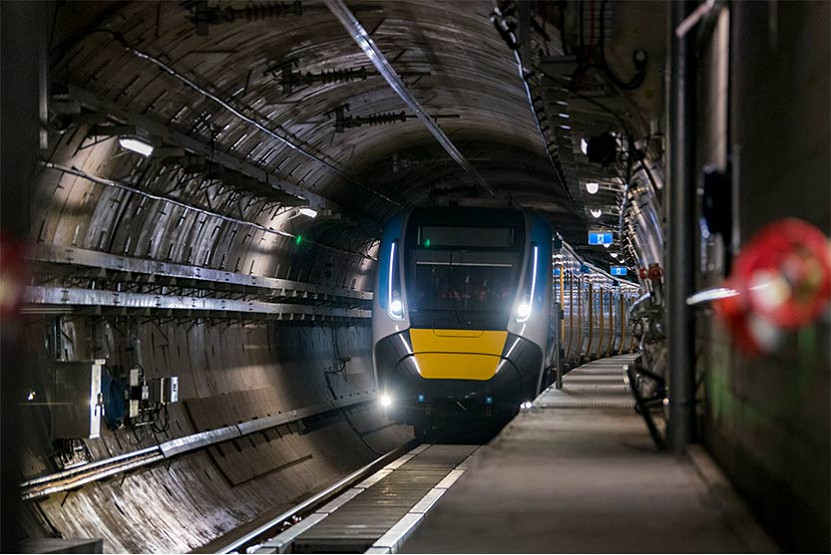
Workers evacuated after fire in Metro Tunnel near Town Hall
- Bardy Bigglesworth
- September 5, 2024
- 0

The changing face of the former Spencer St Railway Station
- Snuffle Nose
- September 2, 2024
- 5

Bairnsdale line train services just became a whole lot worse
- Bardy Bigglesworth
- August 31, 2024
- 17
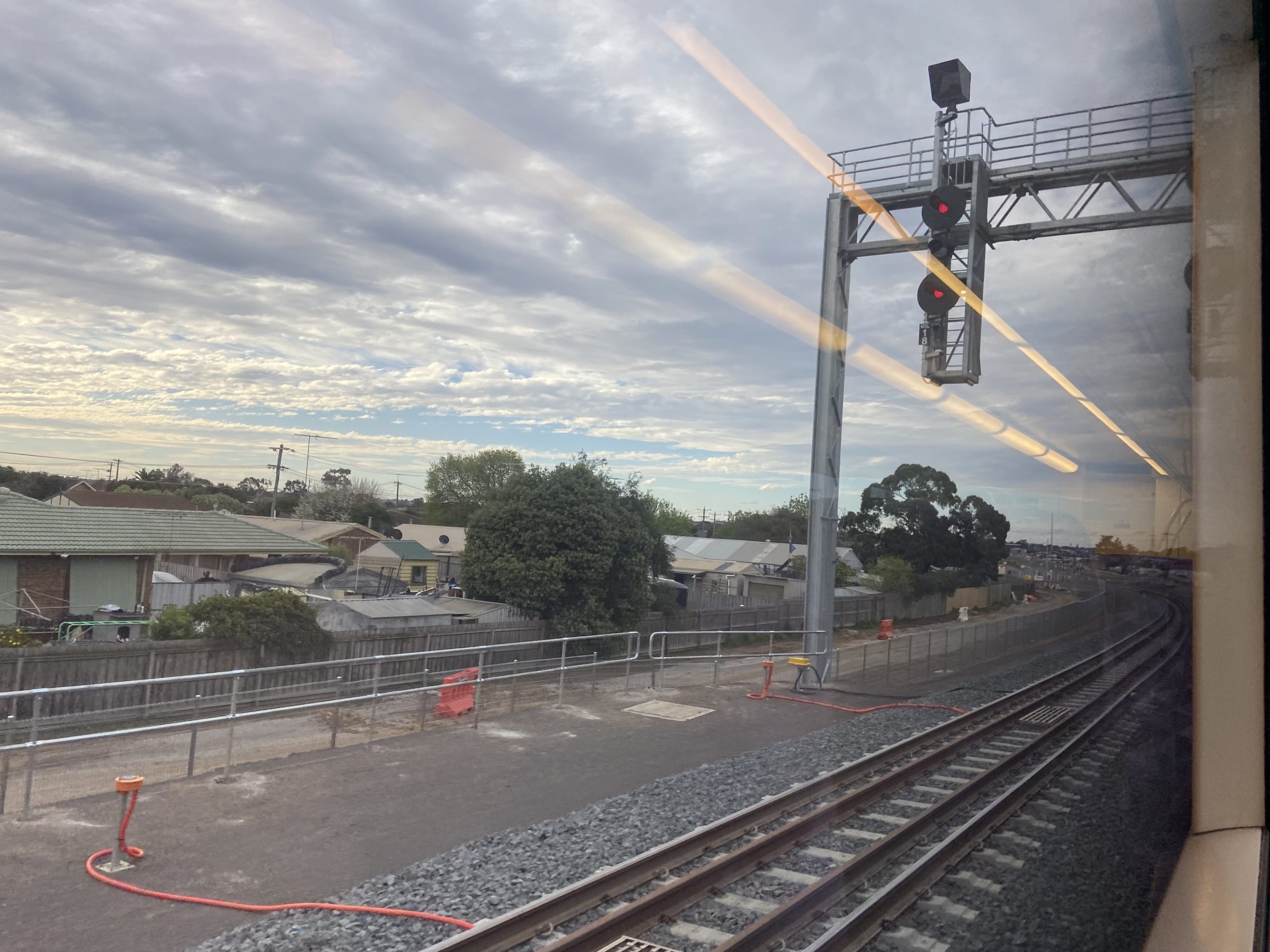
Riding the upgraded Warrnambool Line on 29th August 2024
- Snuffle Nose
- August 29, 2024
- 5
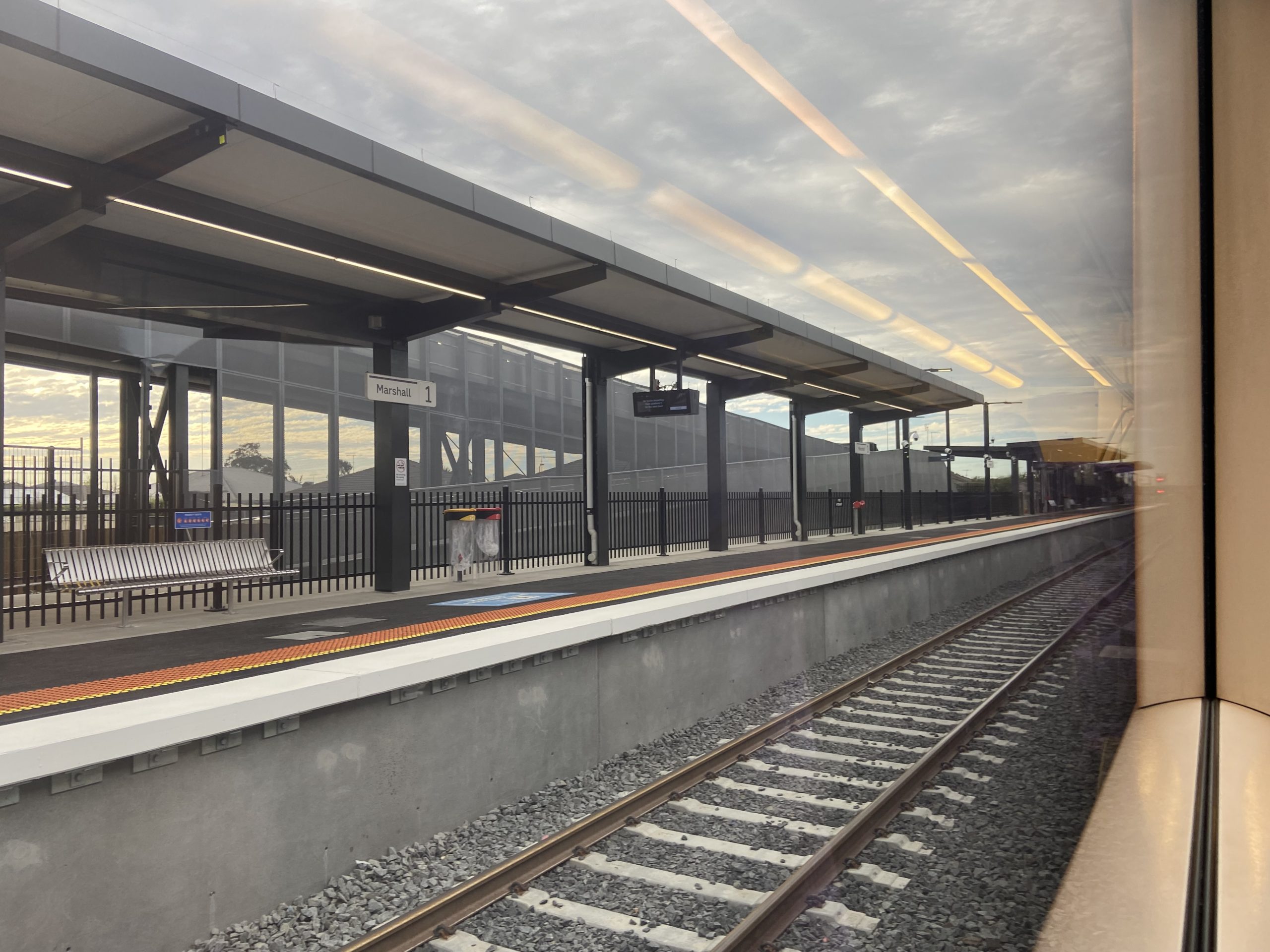
A trip to Waurn Ponds with new rail works at South Geelong
- Brian Evans
- August 28, 2024
- 8

Does Eureka Stadium in Ballarat need a railway station?
- Bardy Bigglesworth
- August 26, 2024
- 6

Reopening of the Warrnambool Line with DMU testing to commence
- Snuffle Nose
- August 13, 2024
- 11
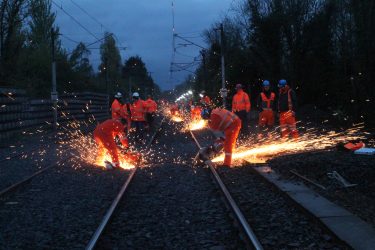
Continuously welded rail on the Victorian Railway System
- Snuffle Nose
- July 13, 2024
- 2
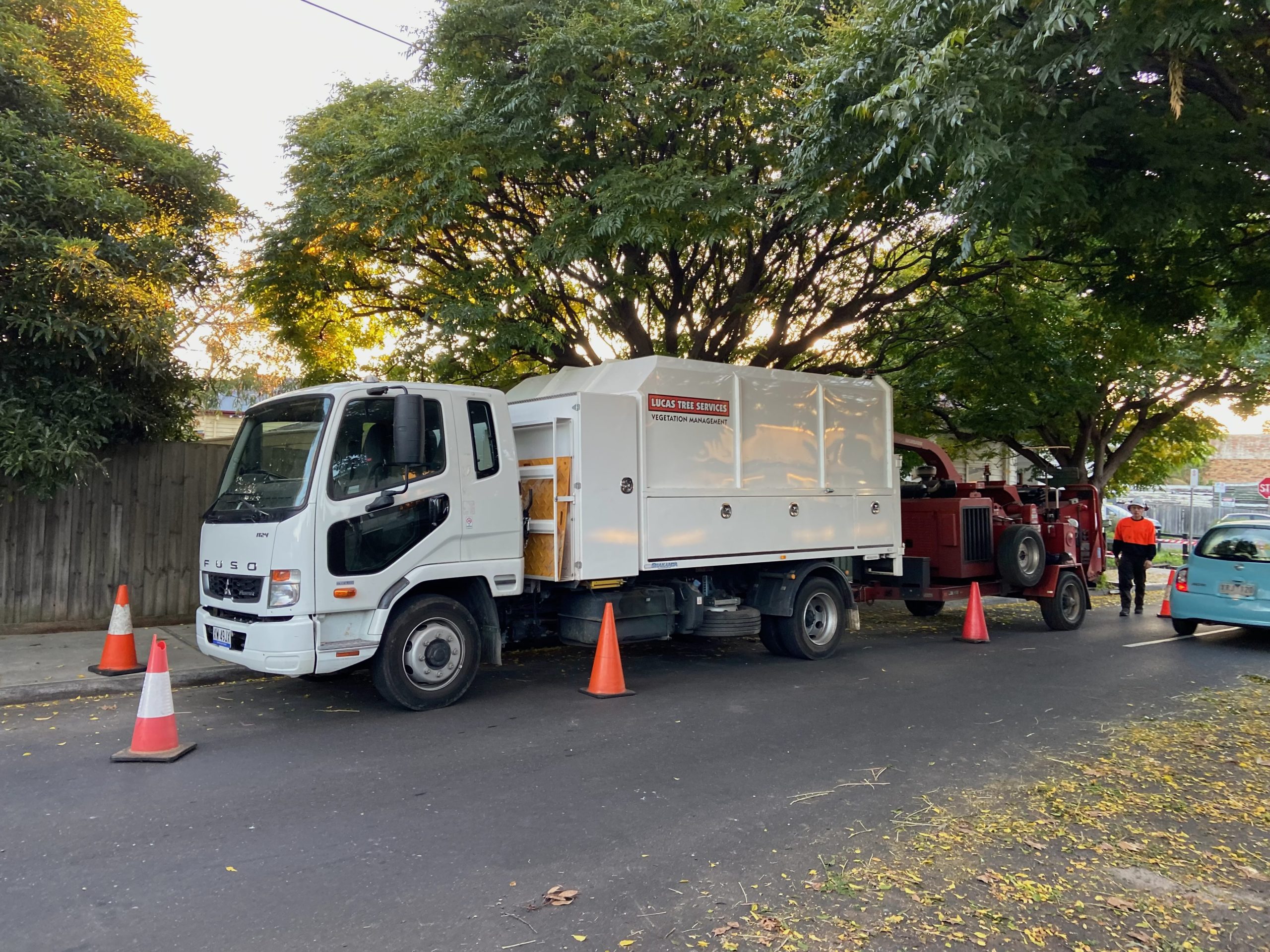
The Darebin Council deception continues in Northcote
- Guest authors
- June 12, 2024
- 3

Exploring the rail freight opportunity in Australia
- gobstopper
- April 28, 2024
- 2
